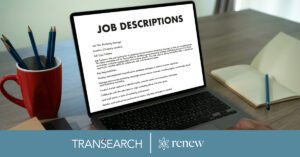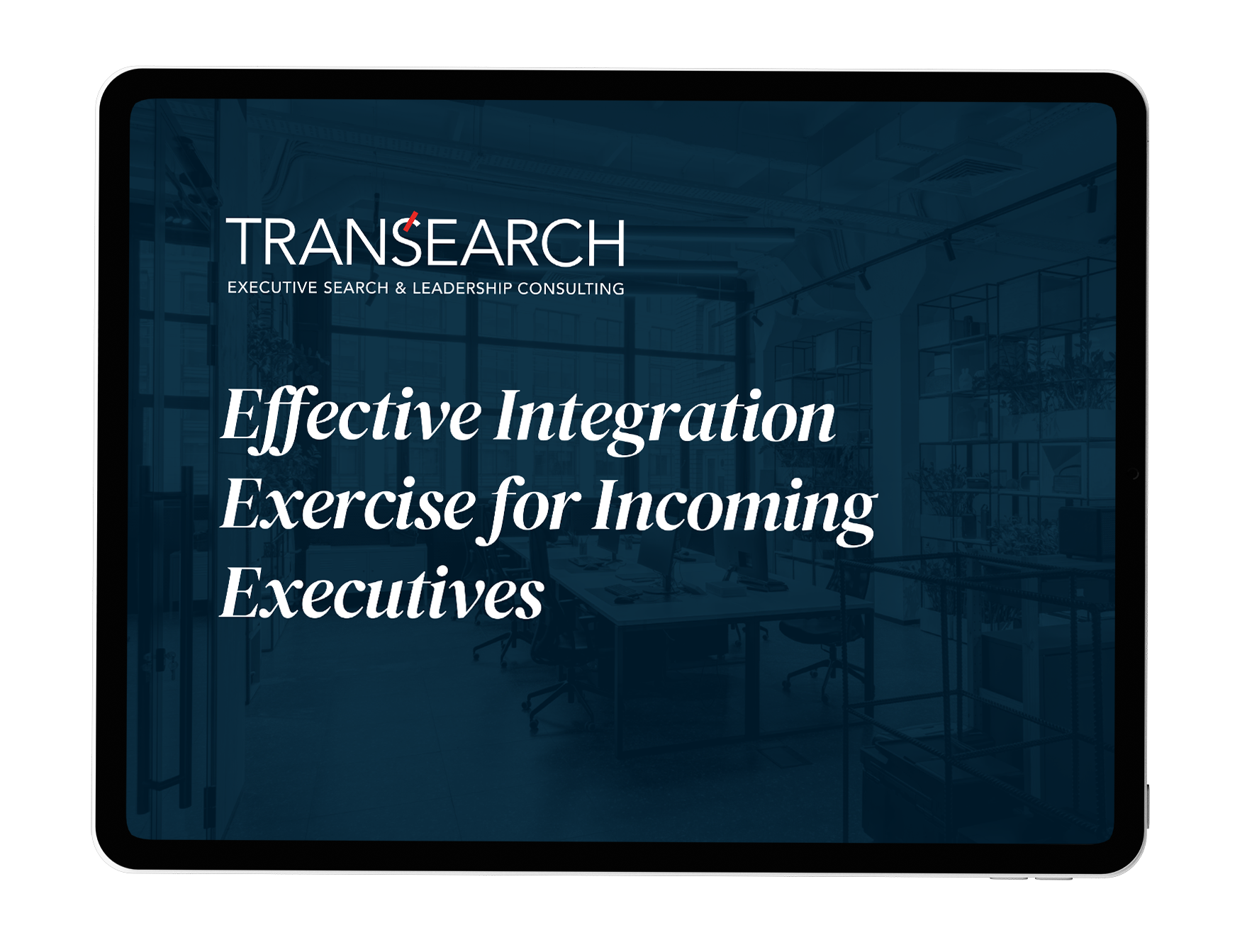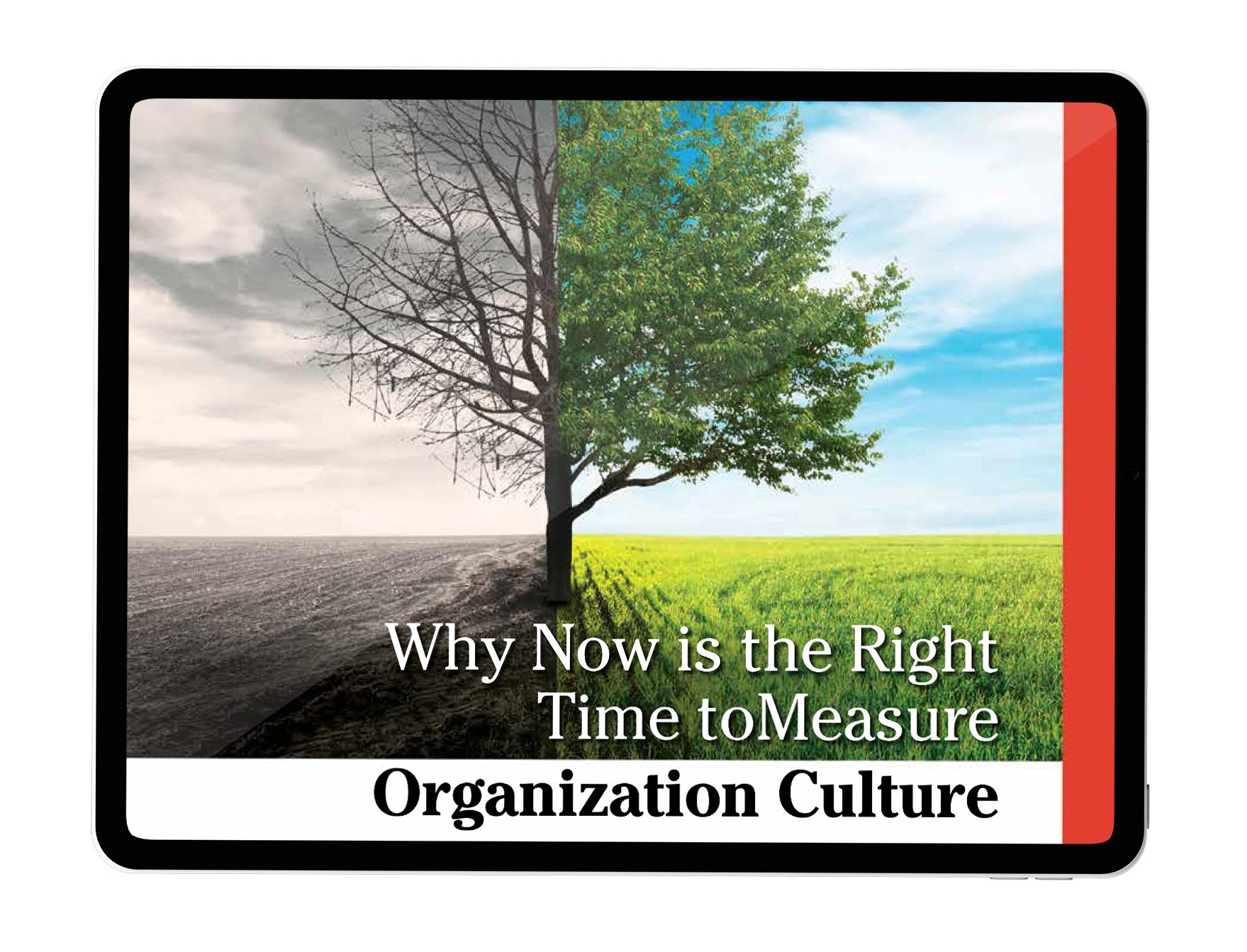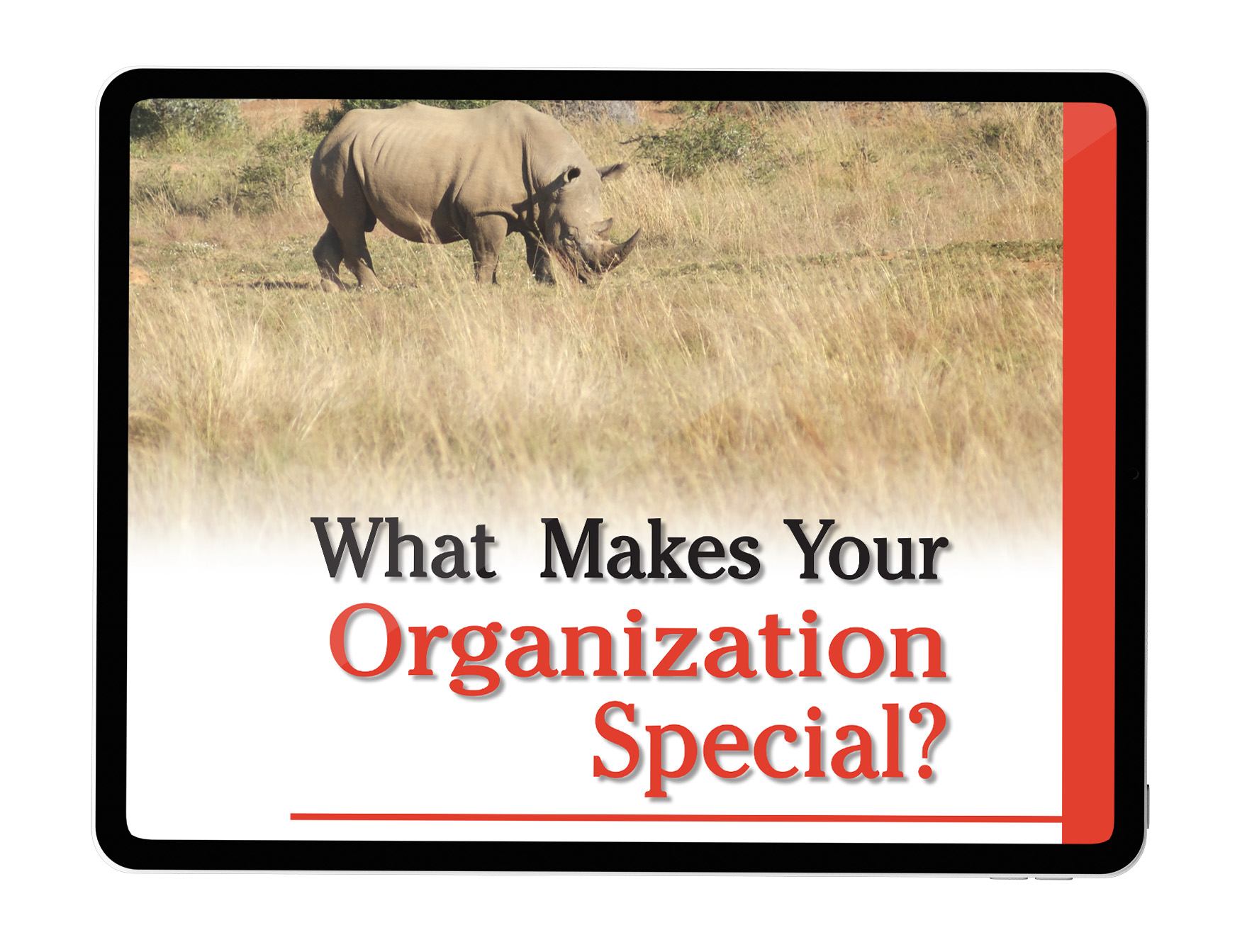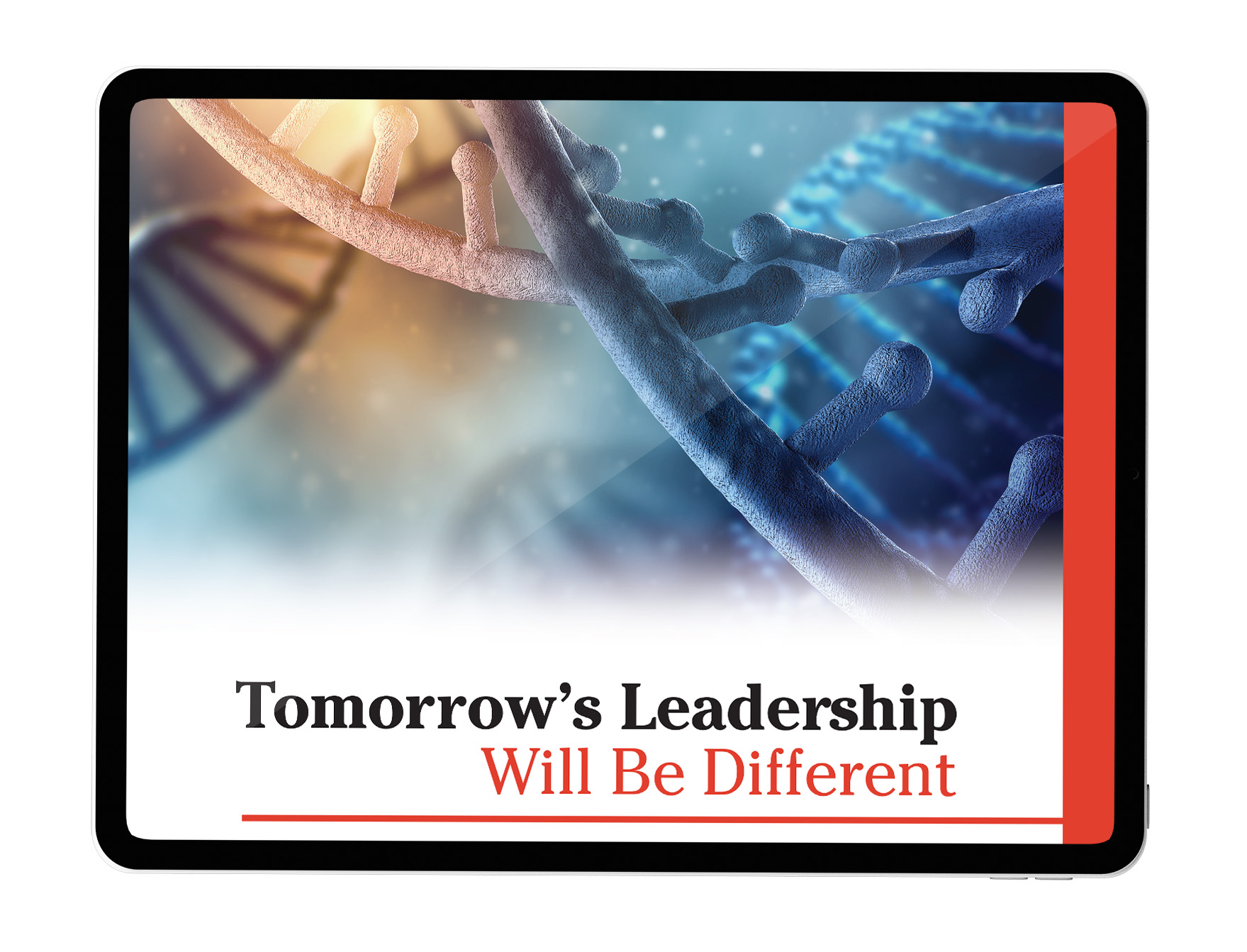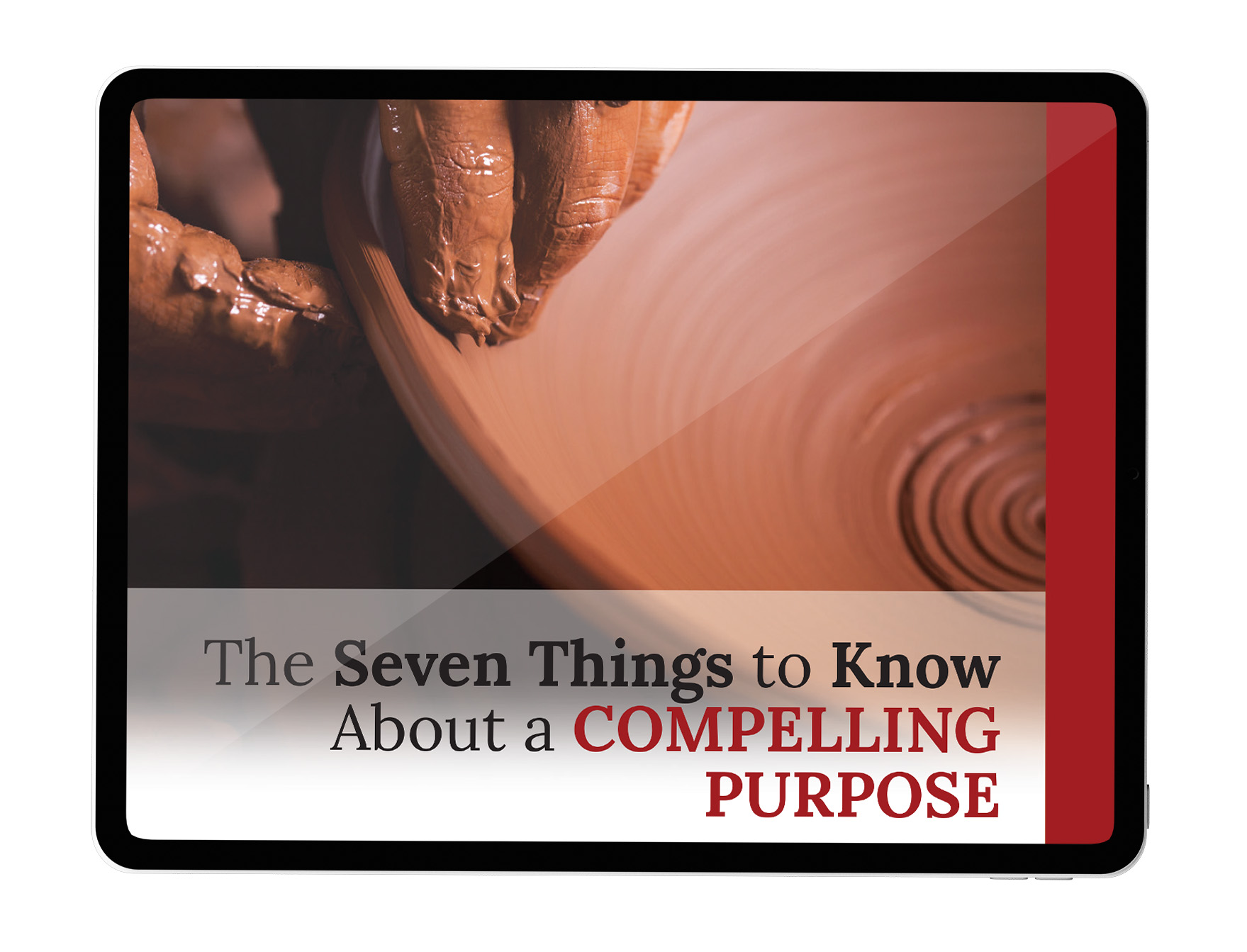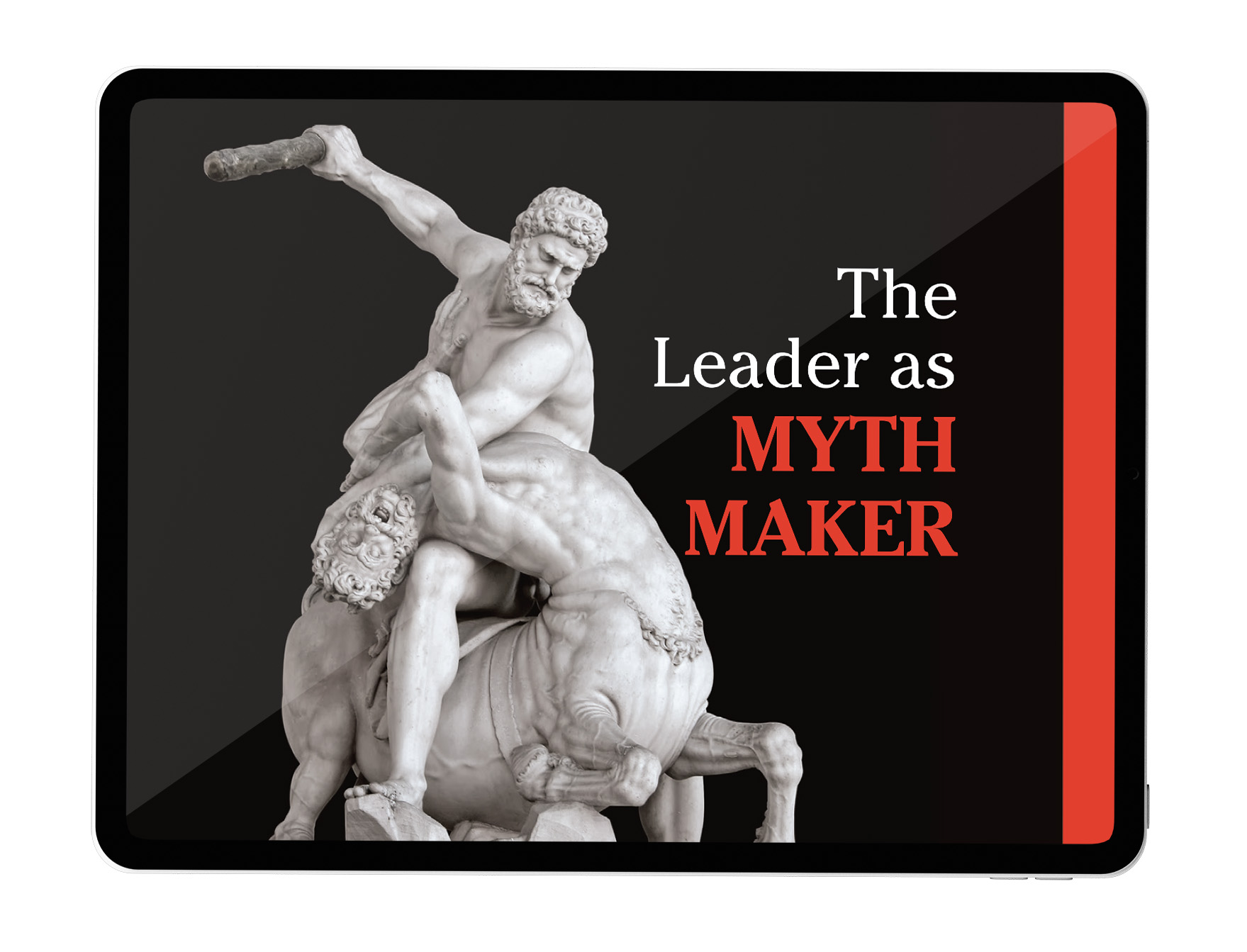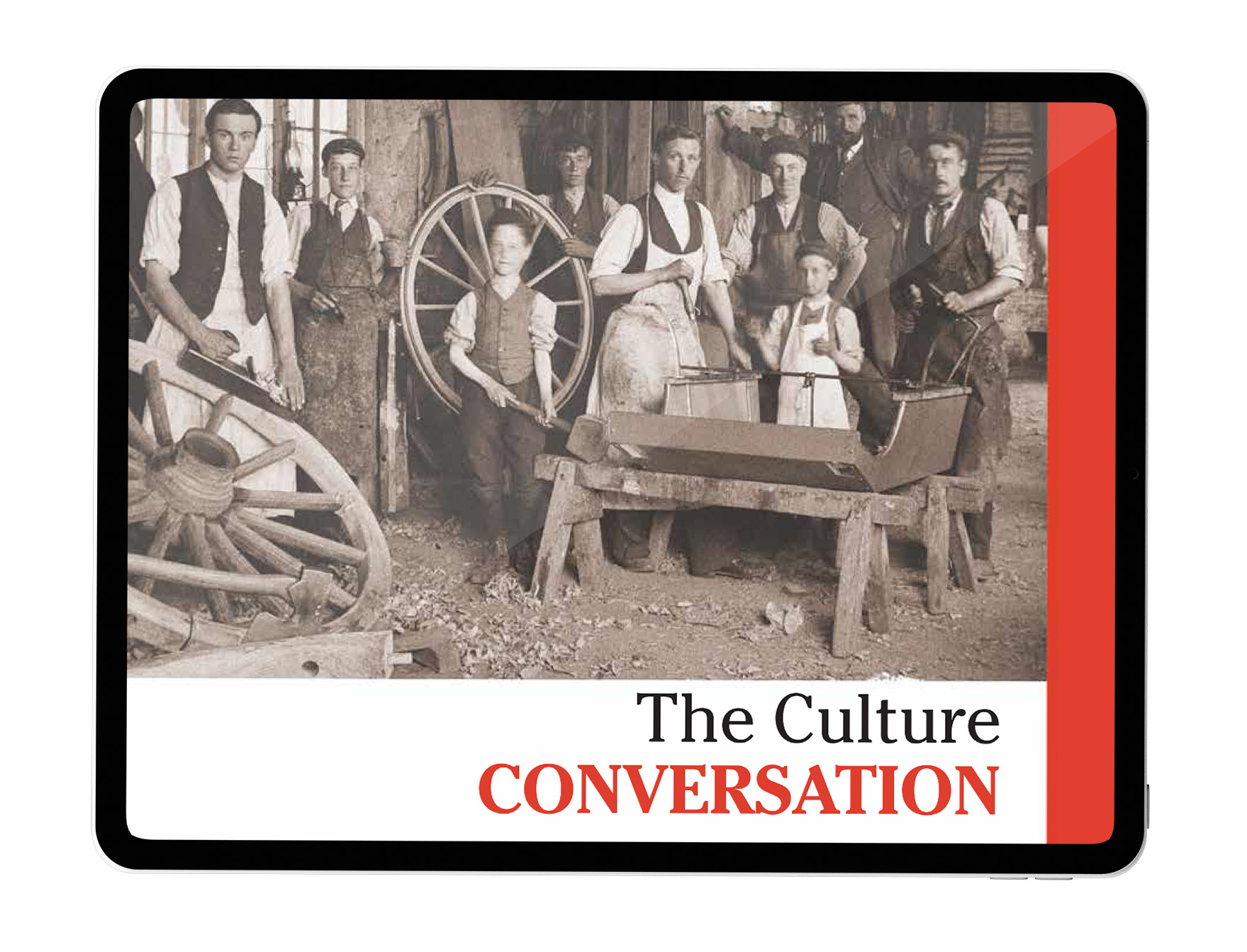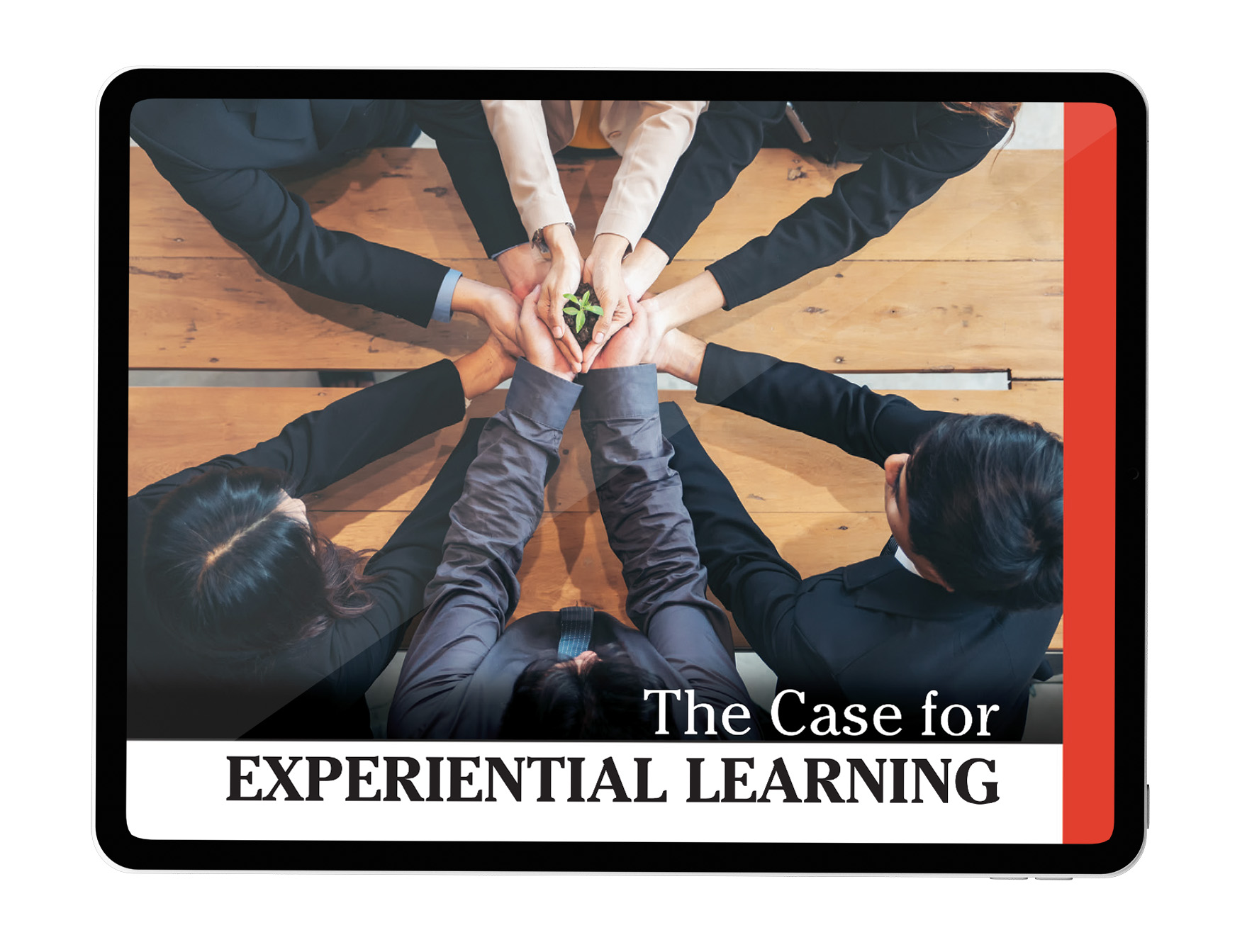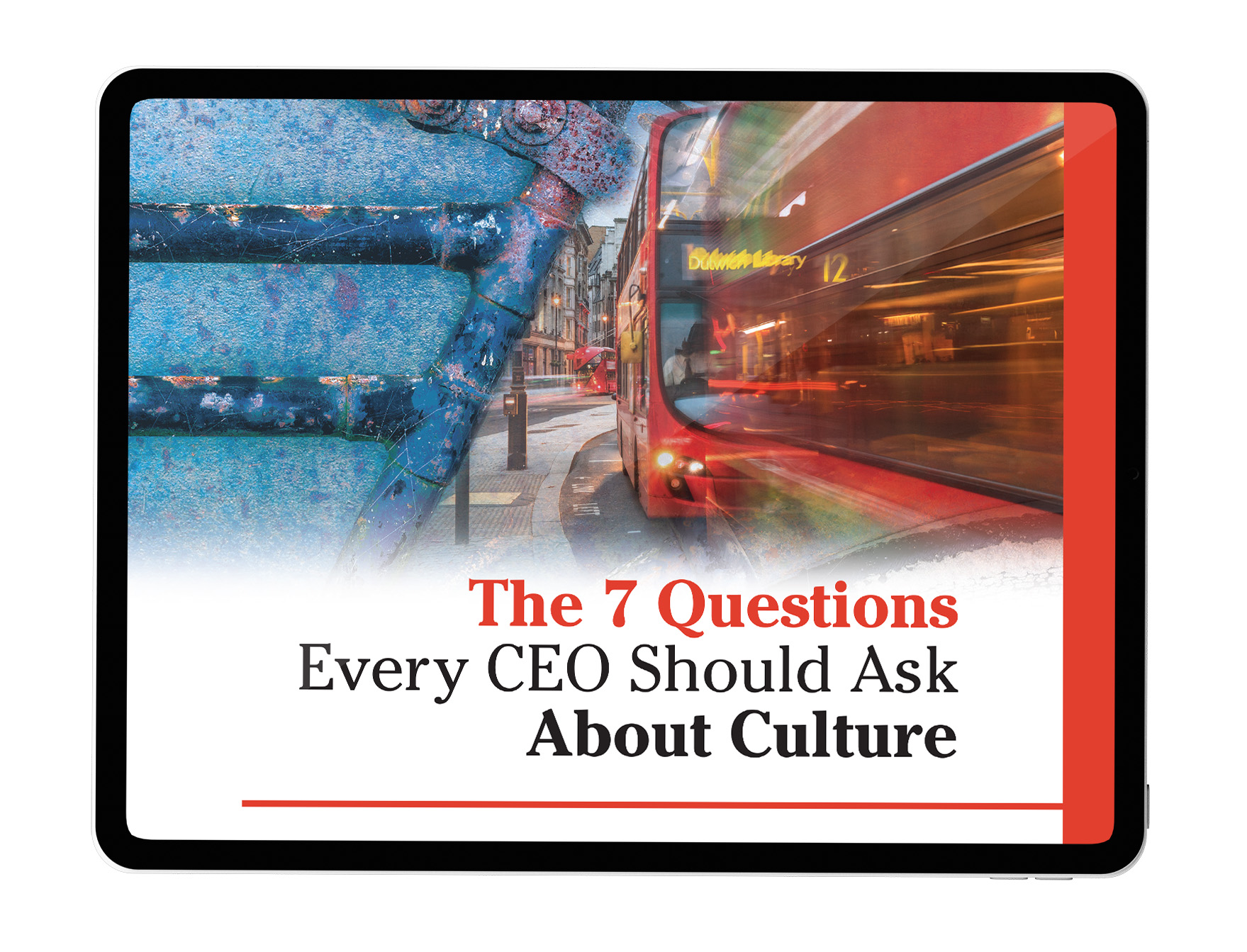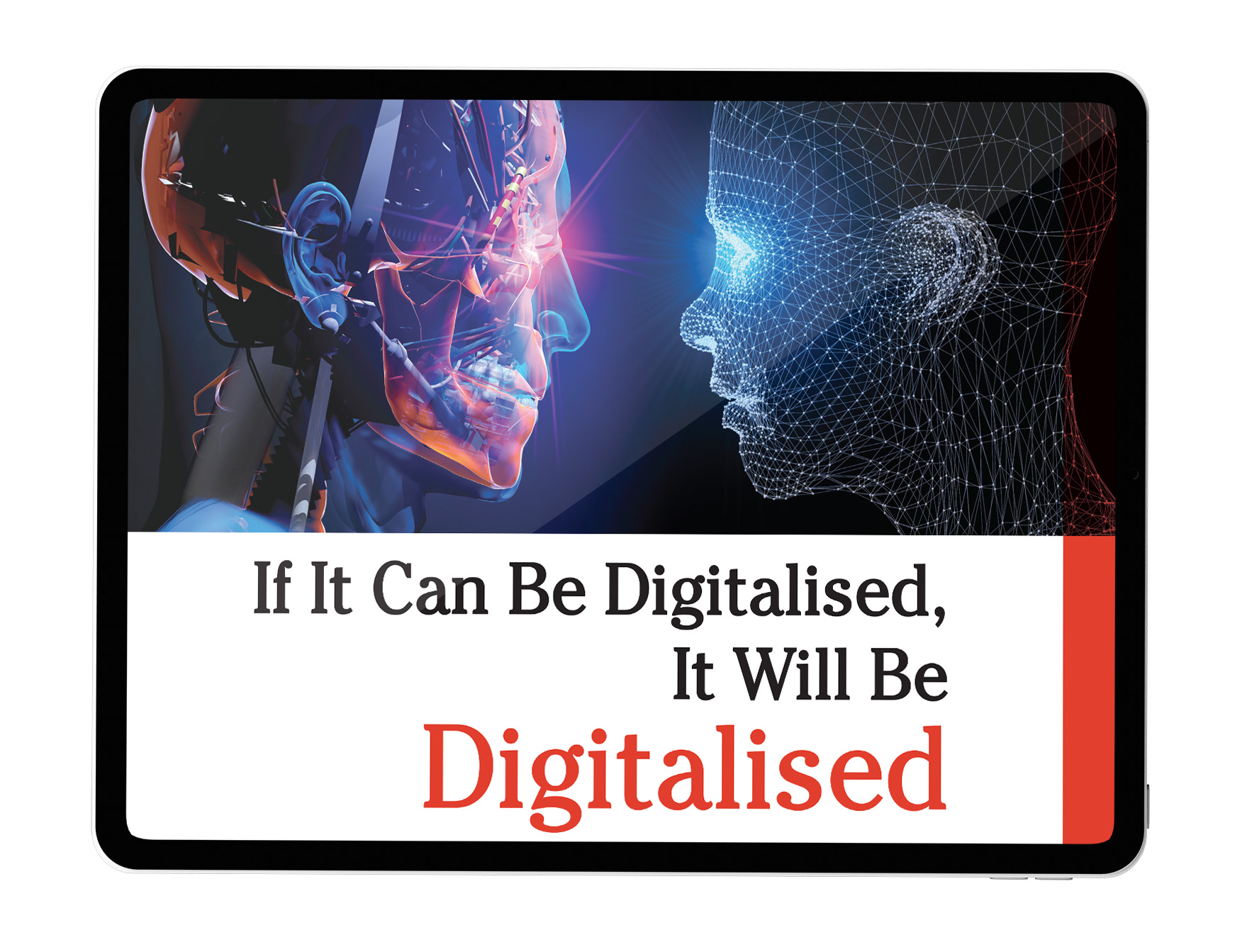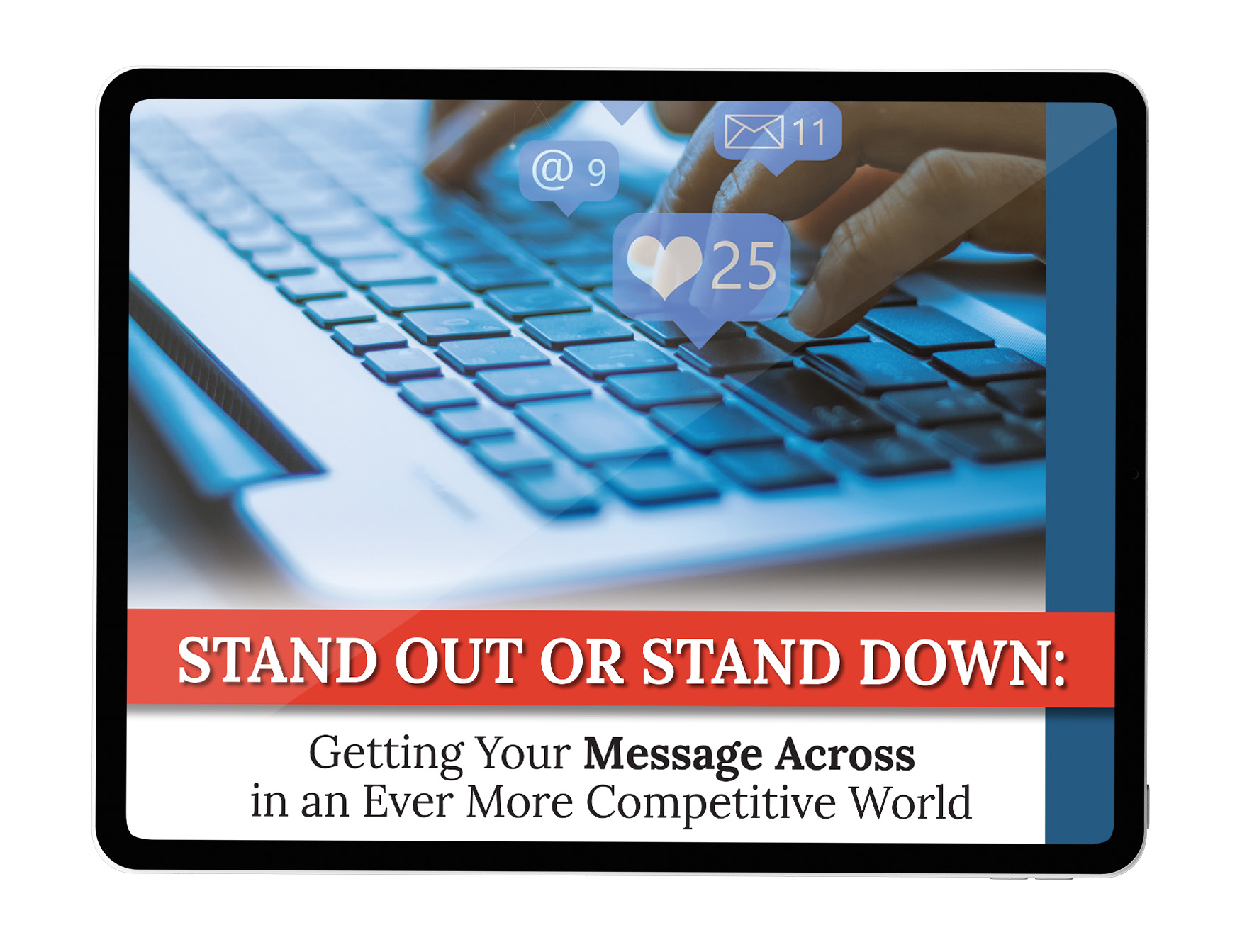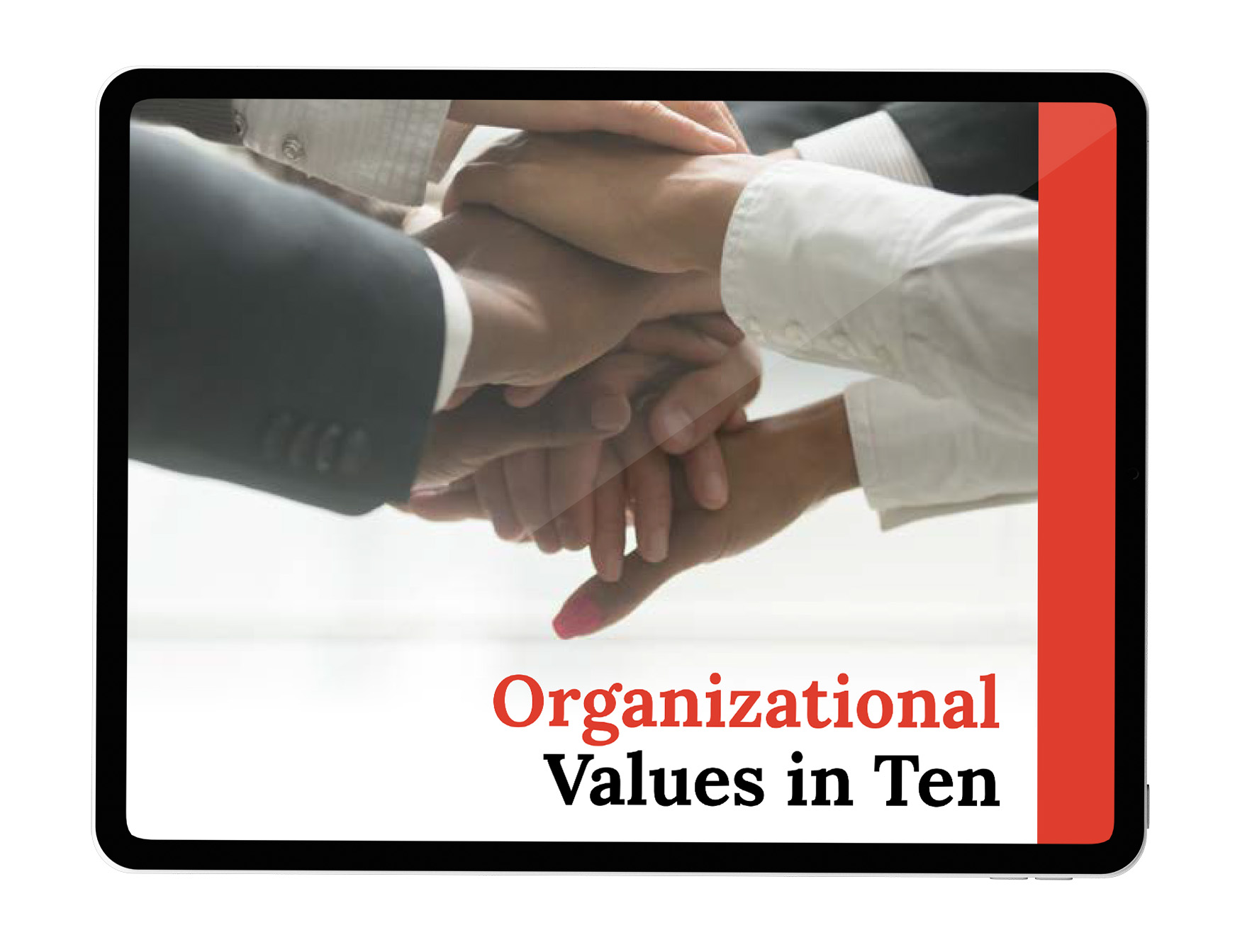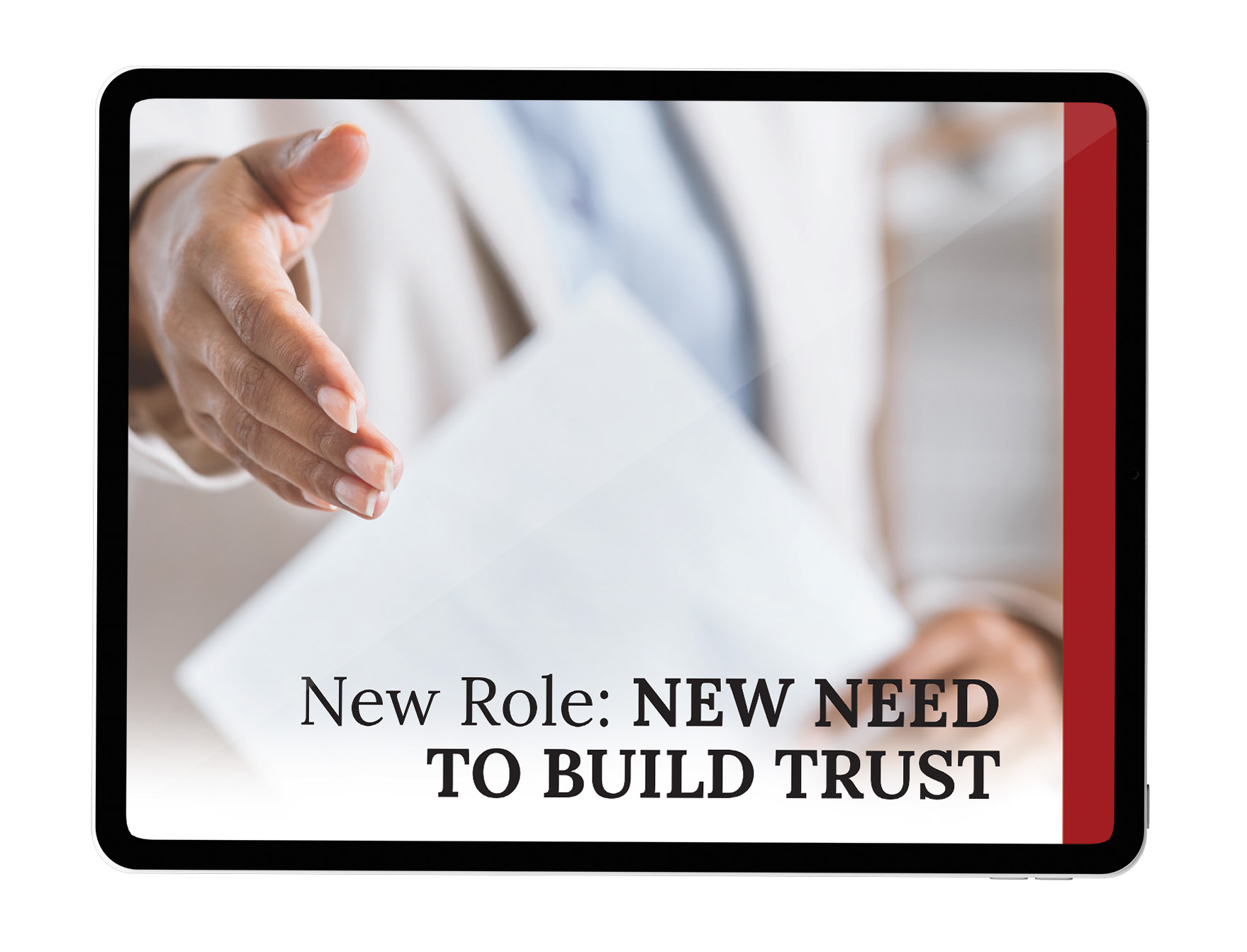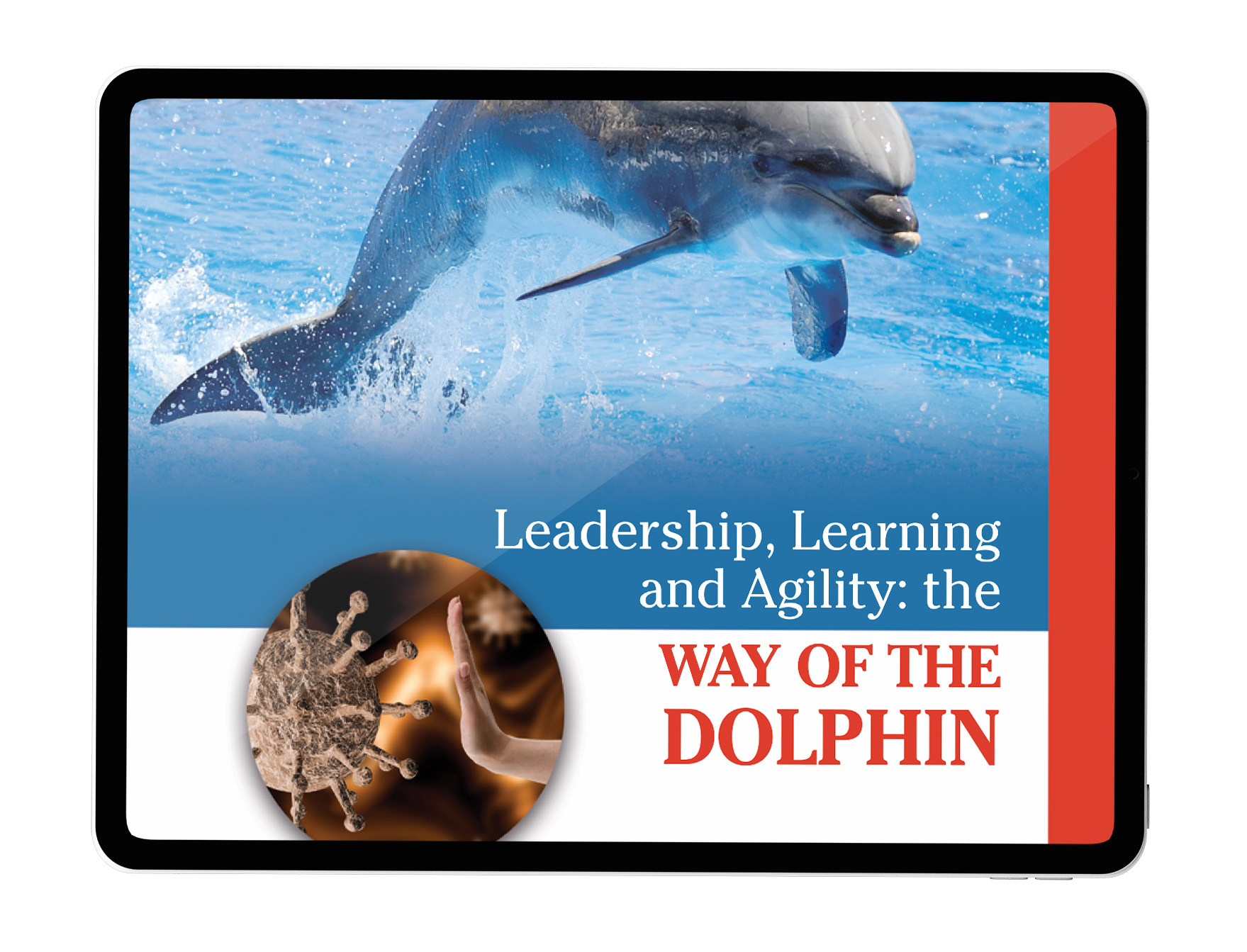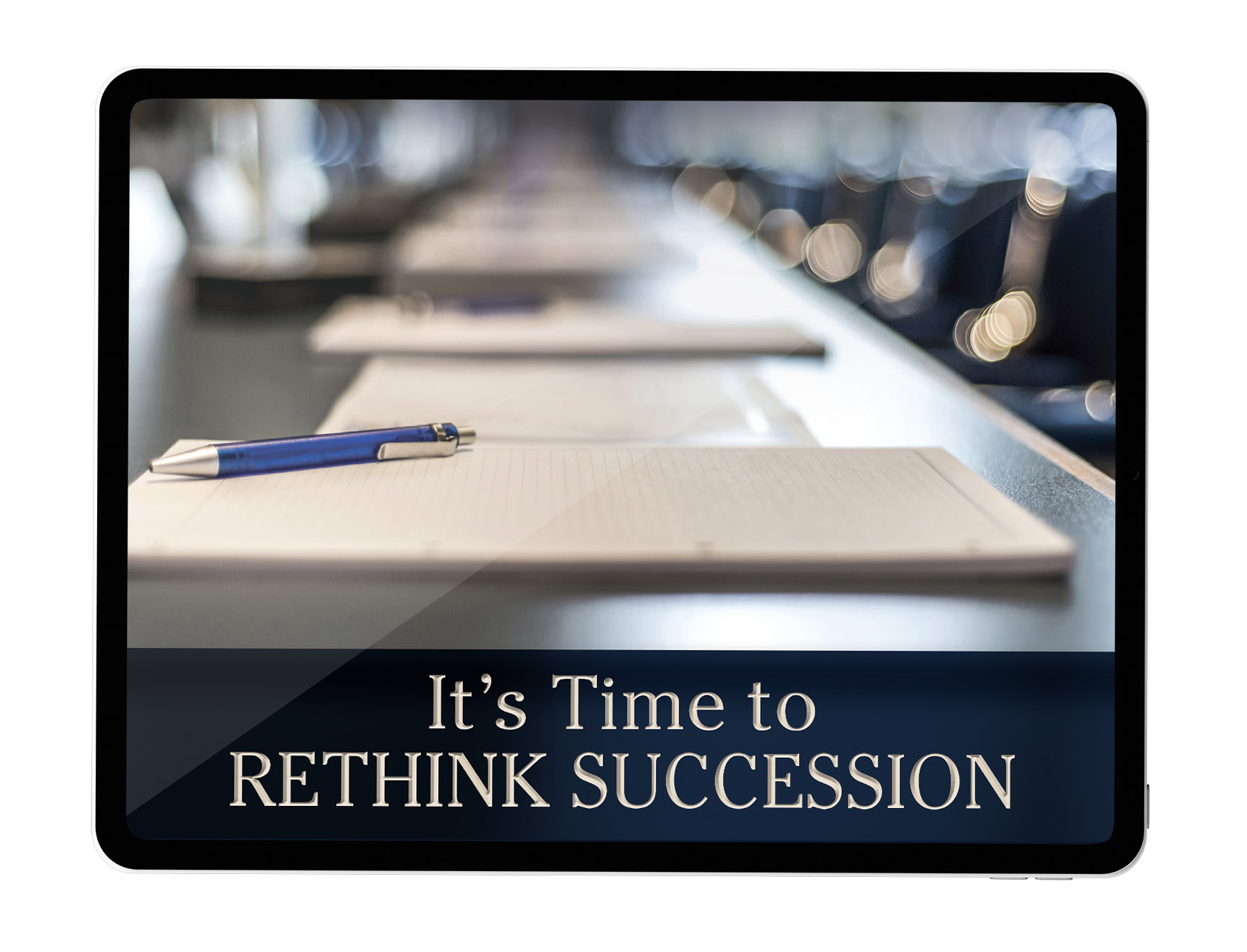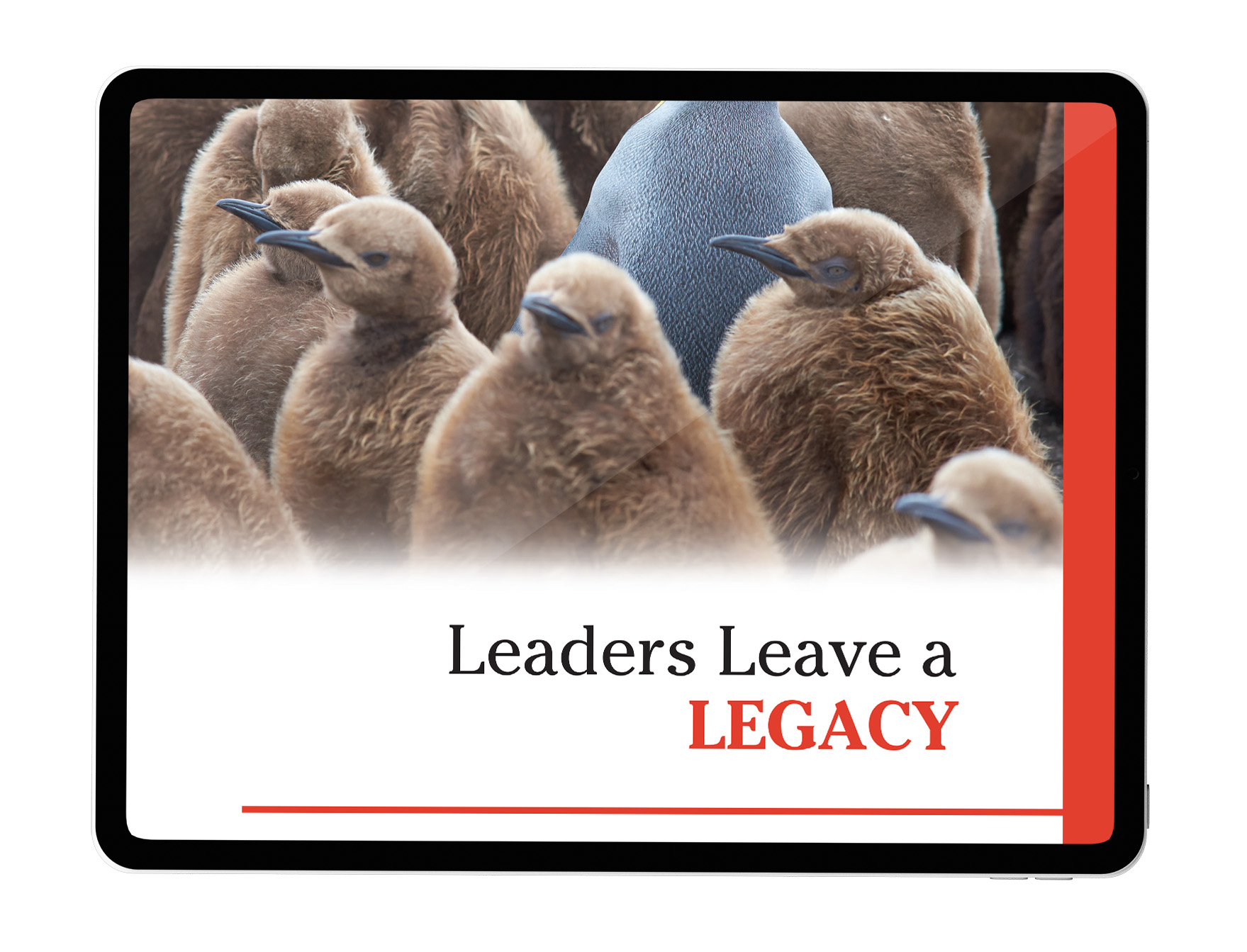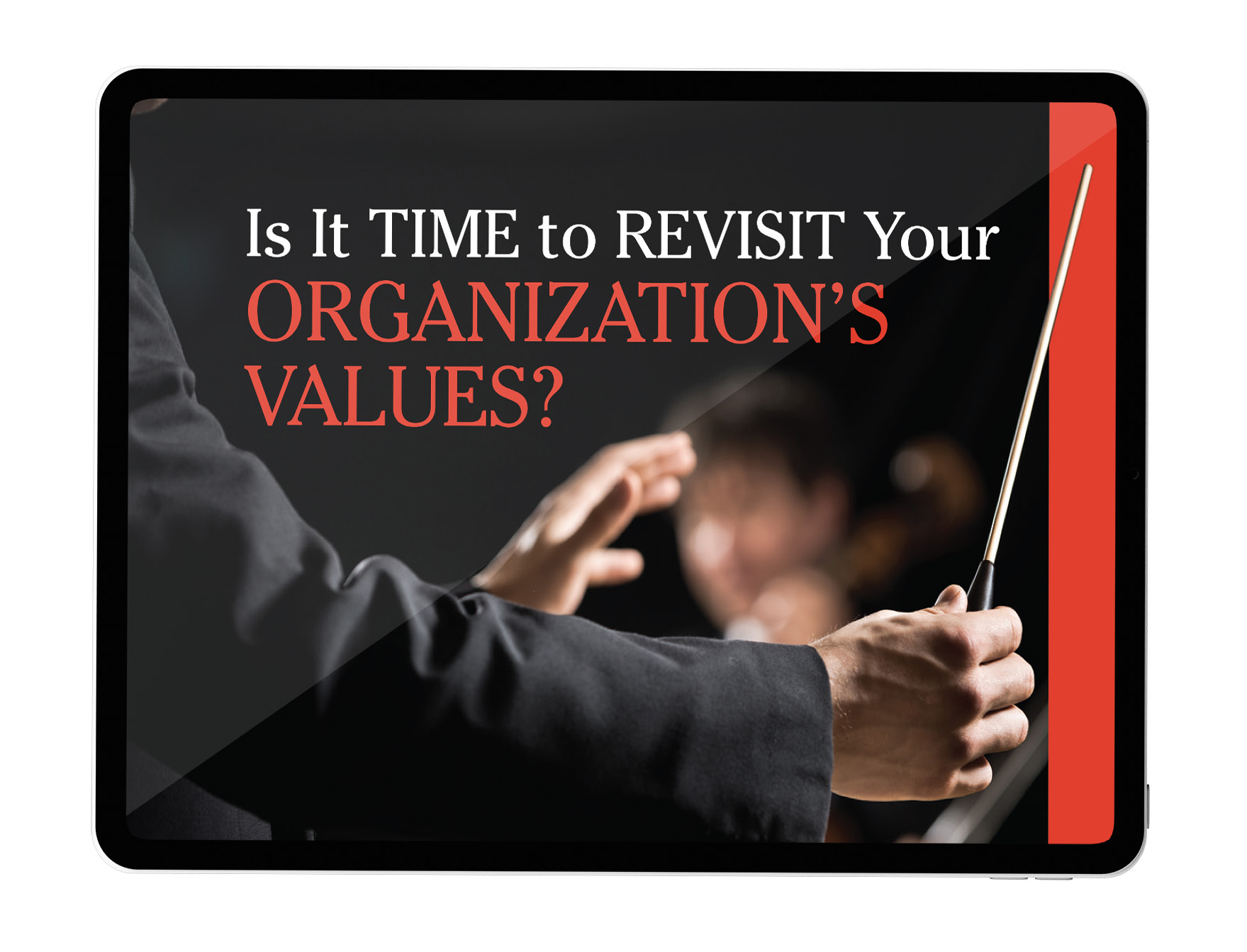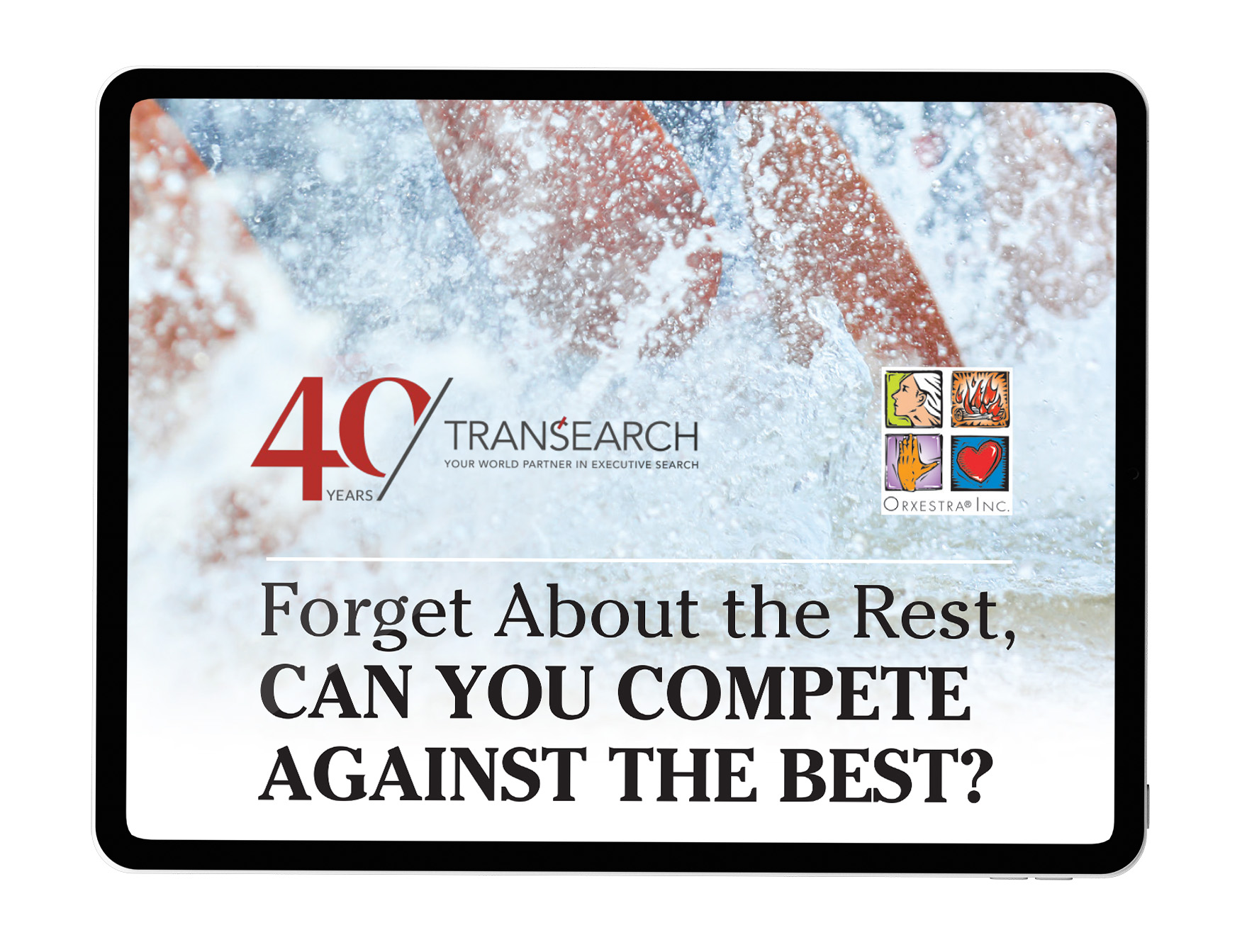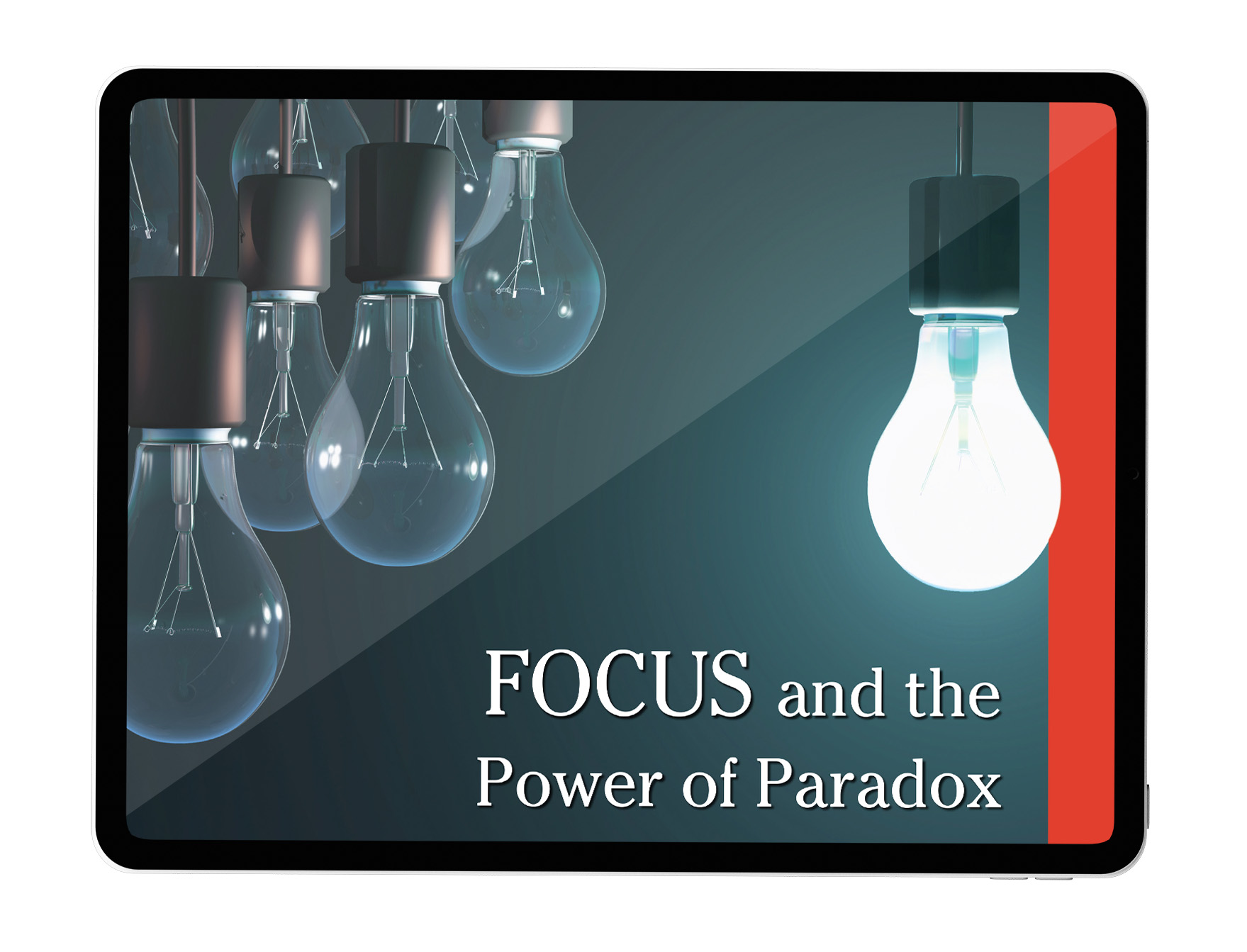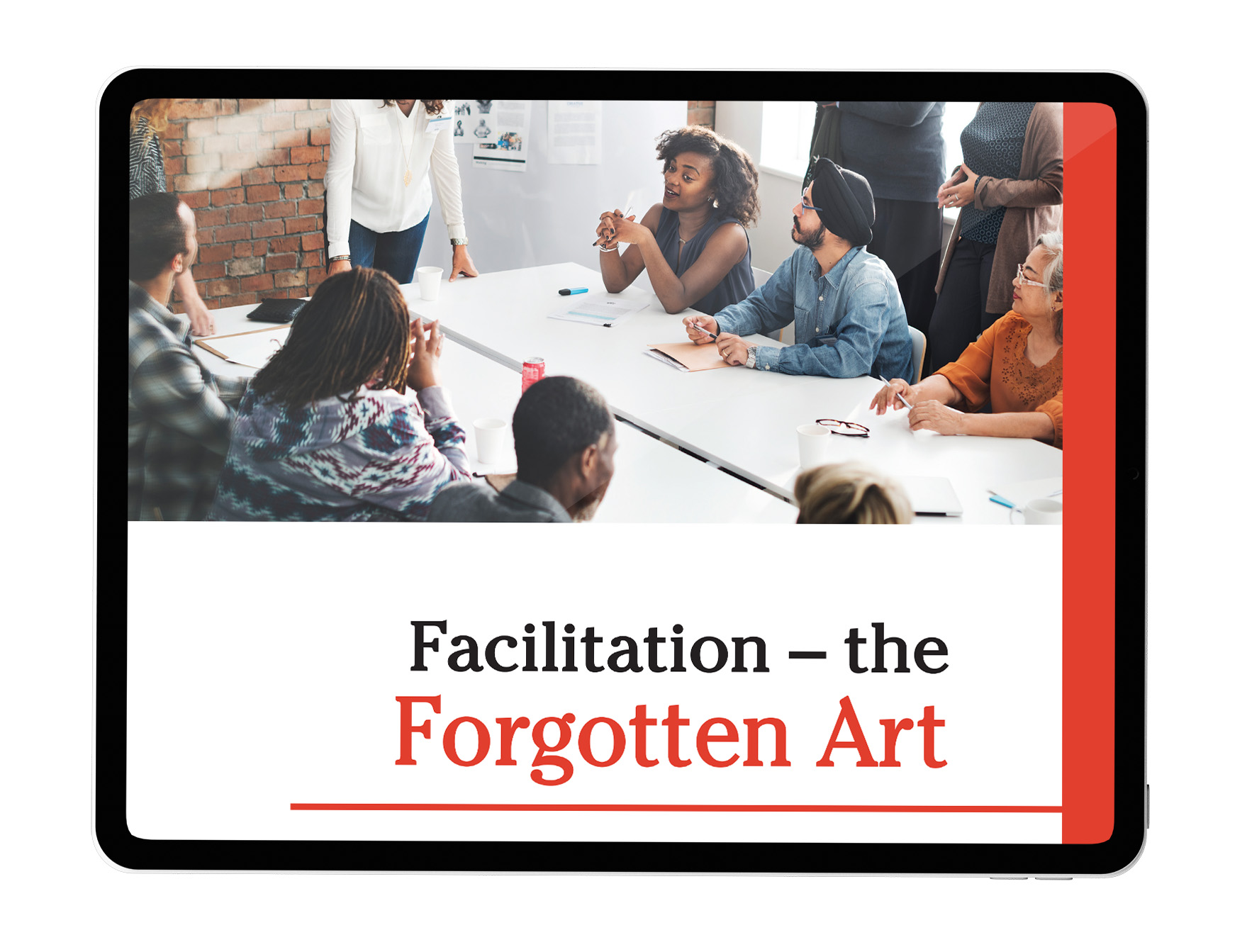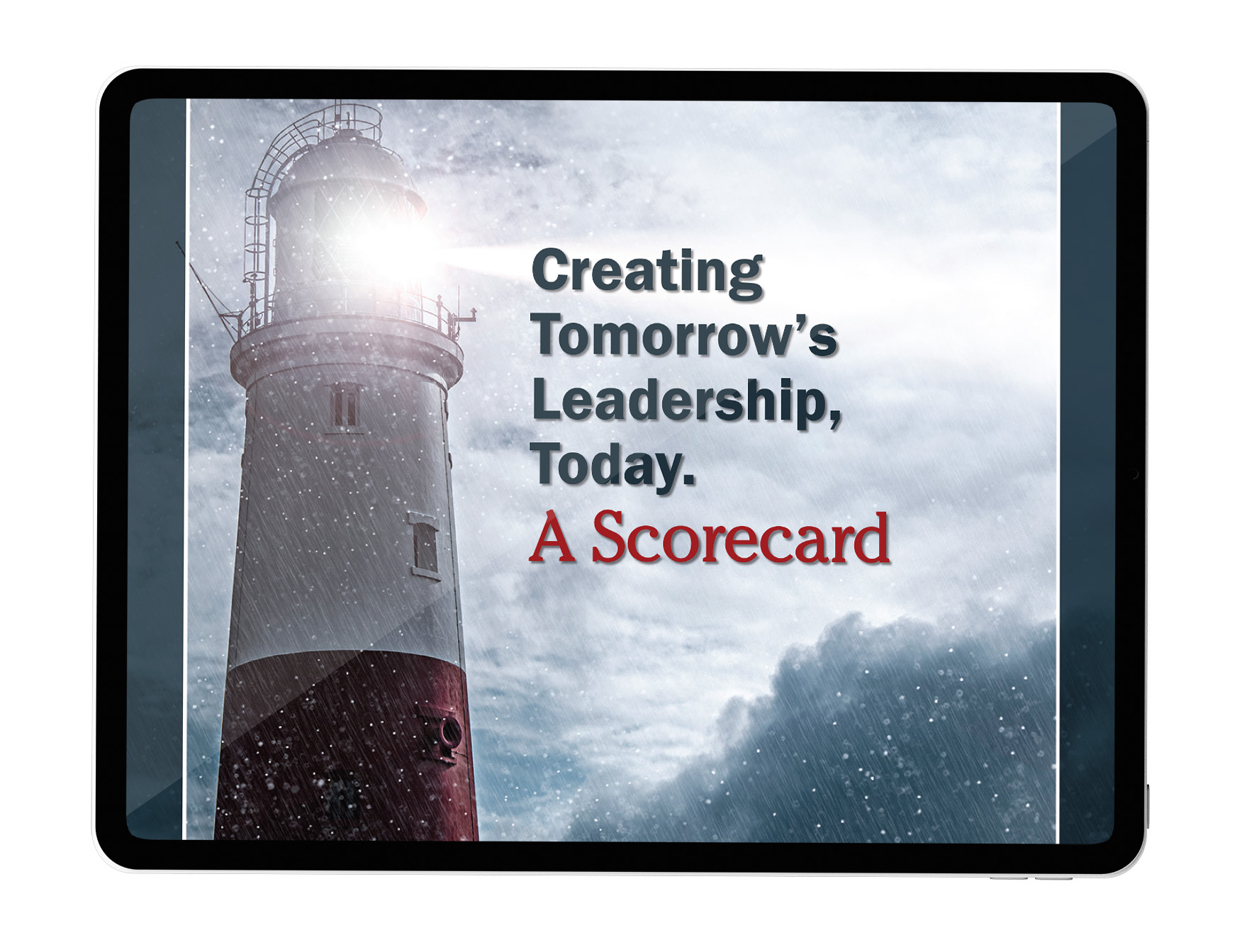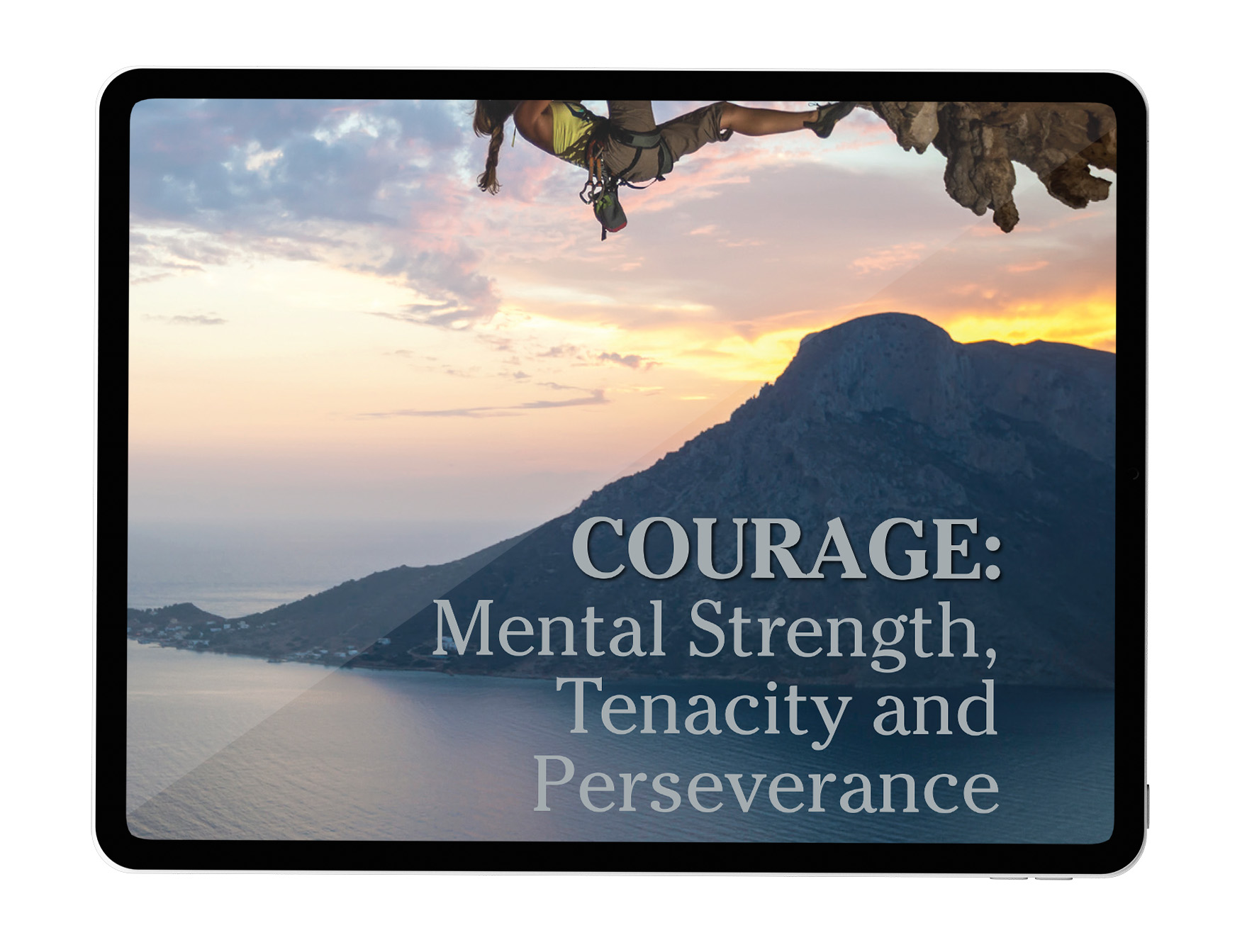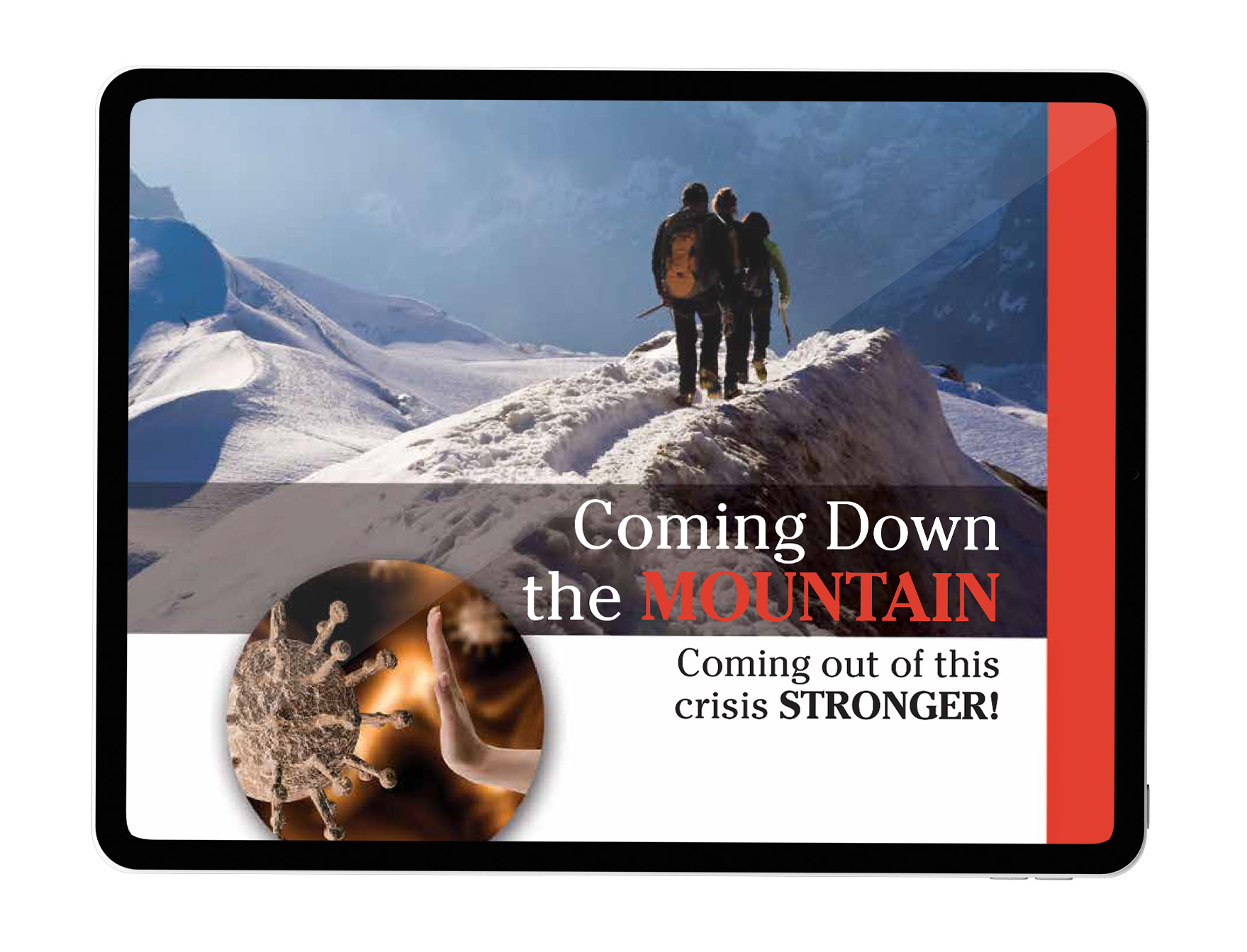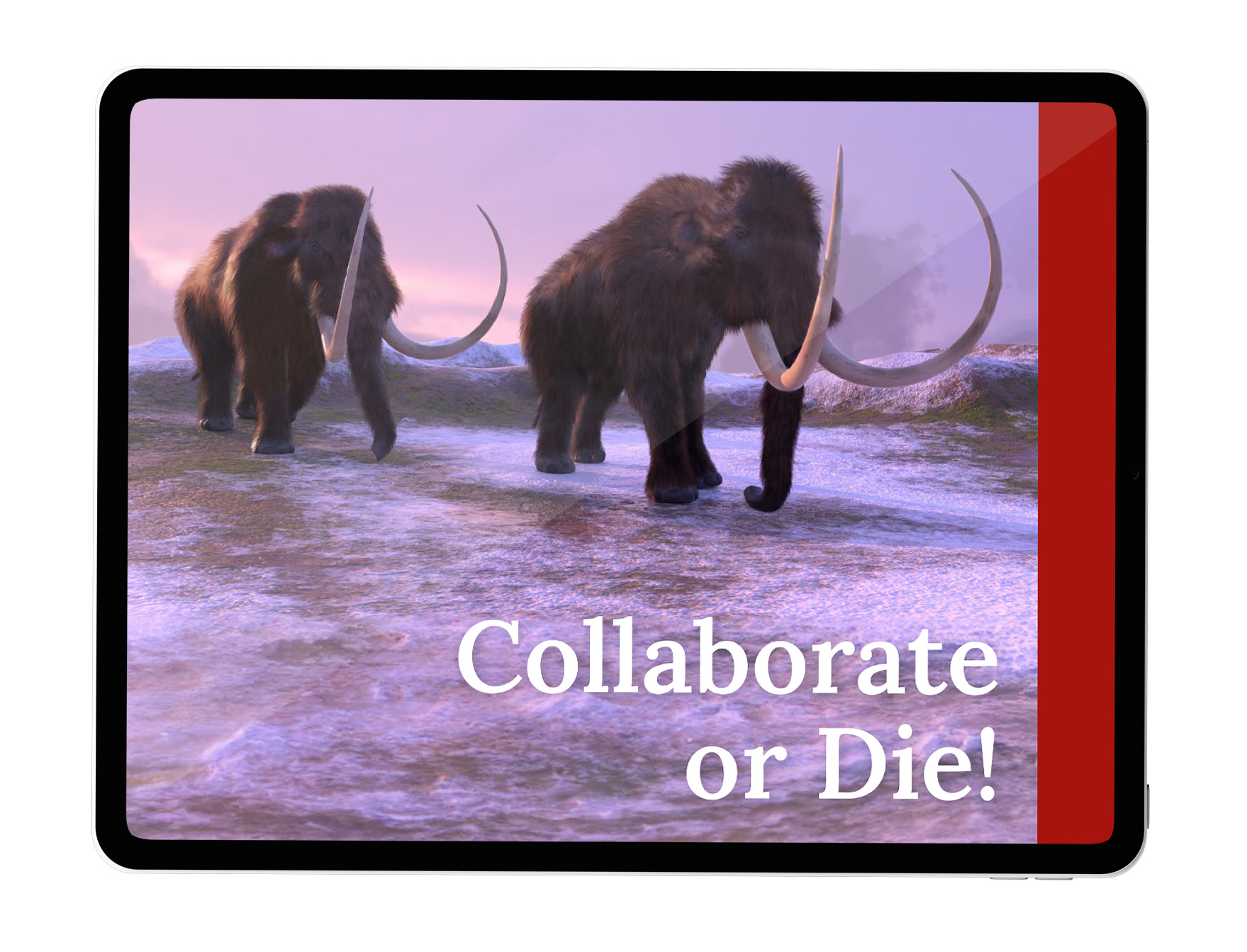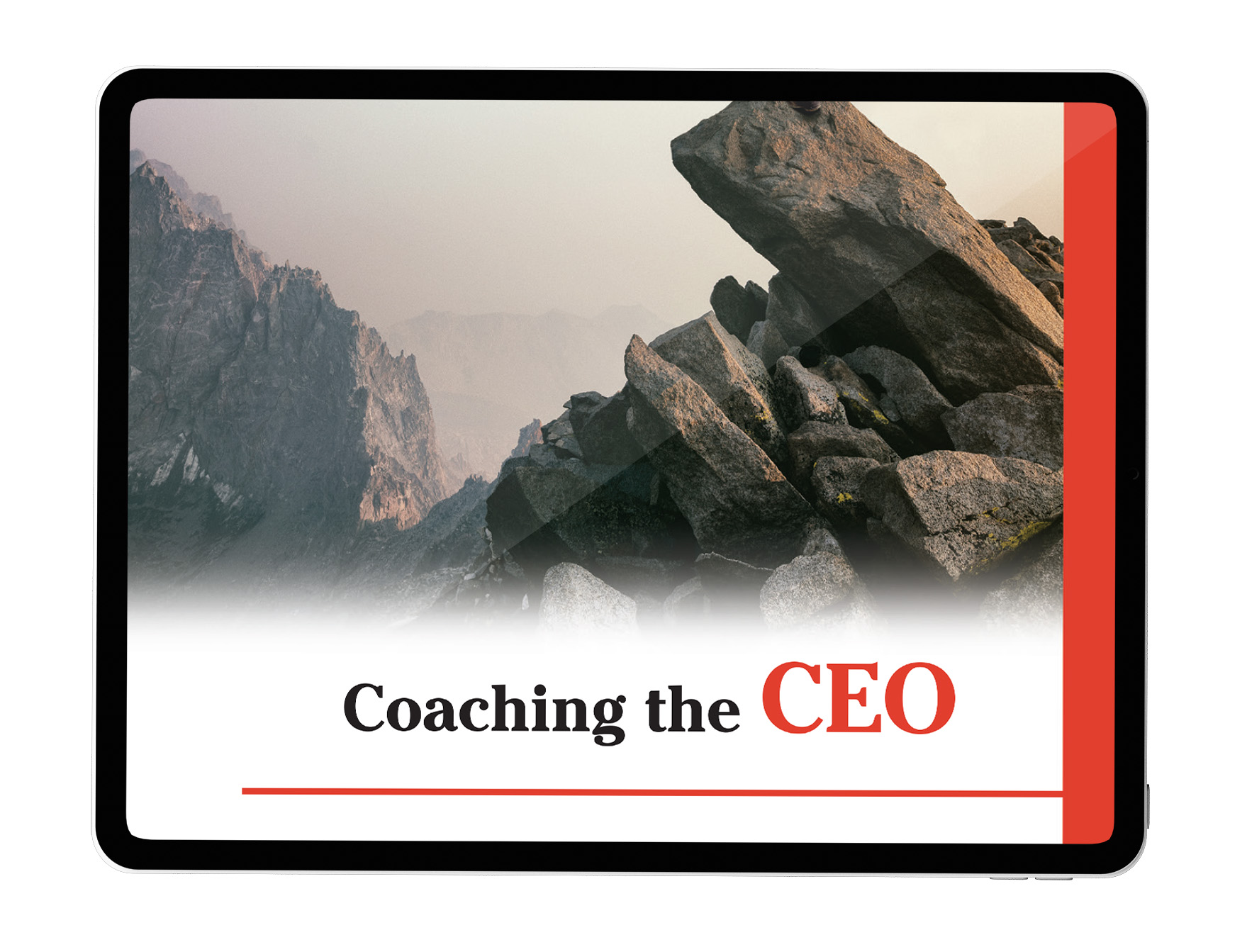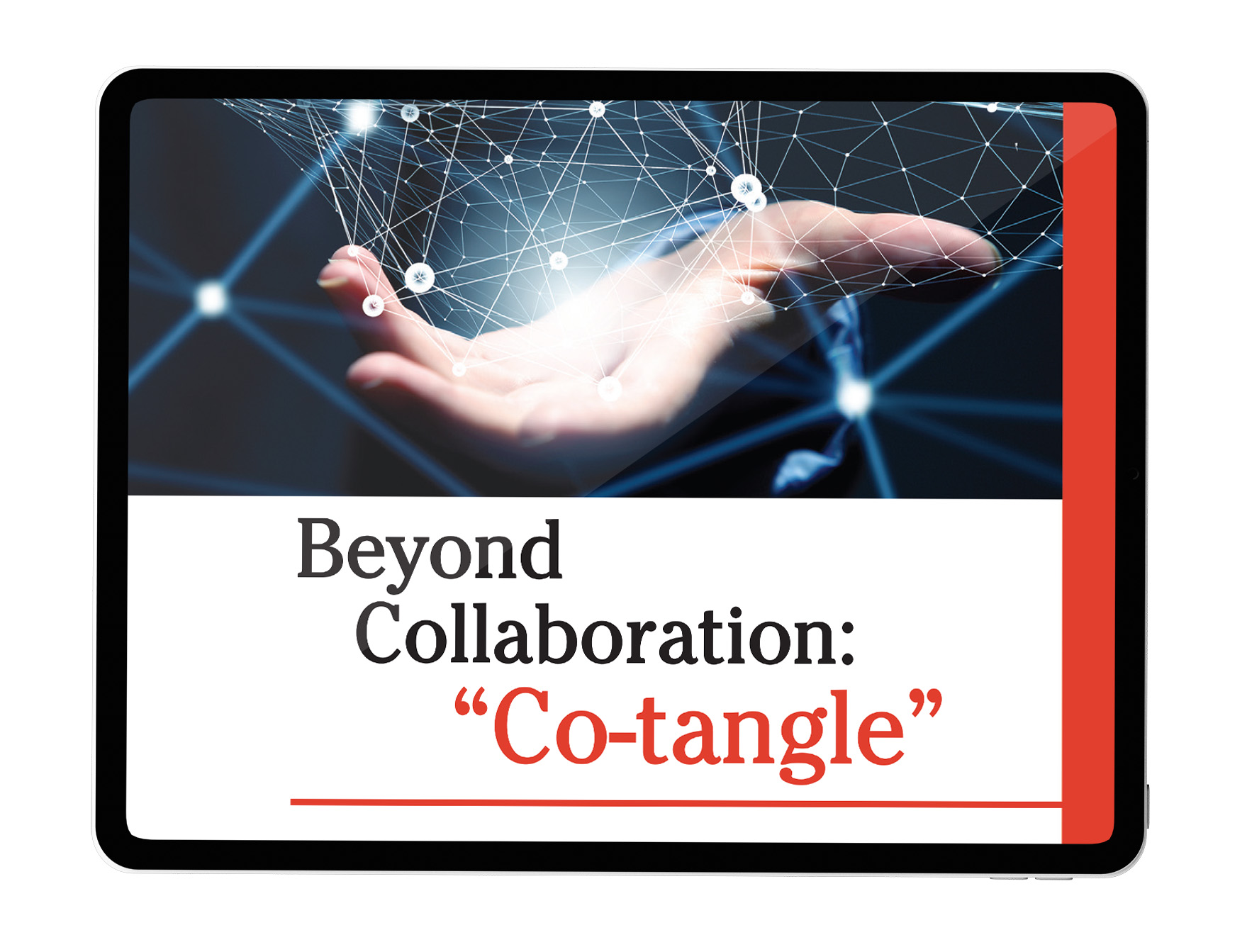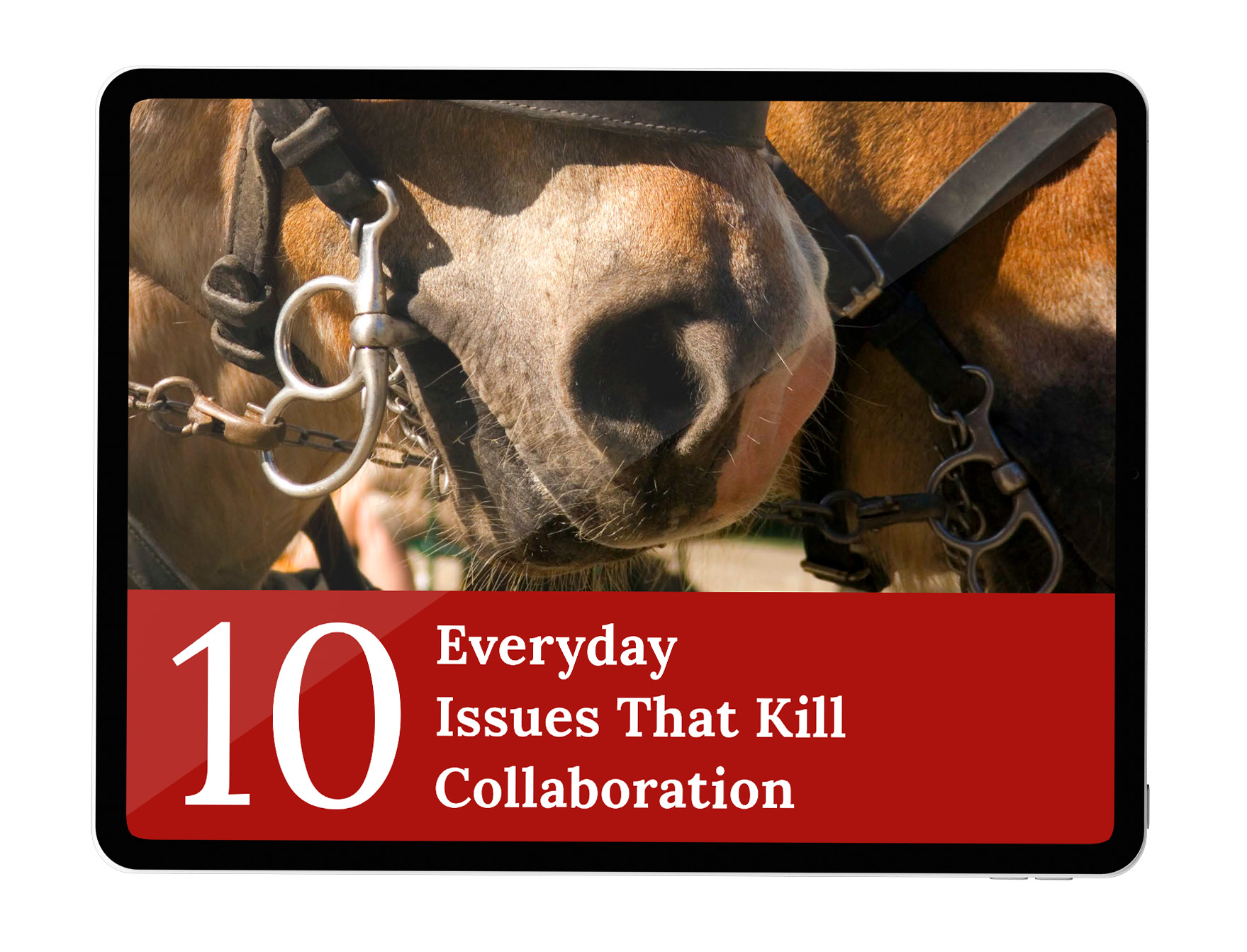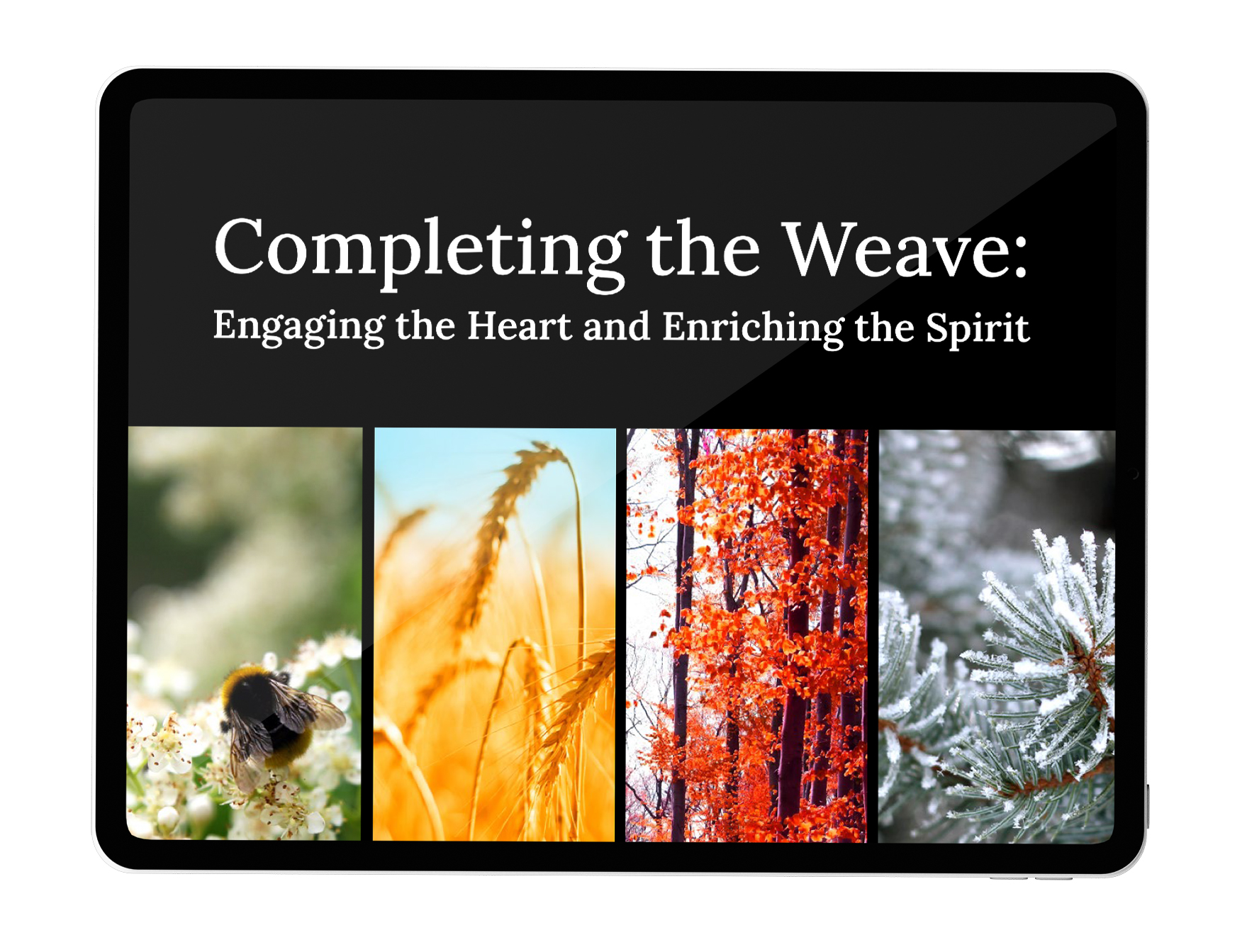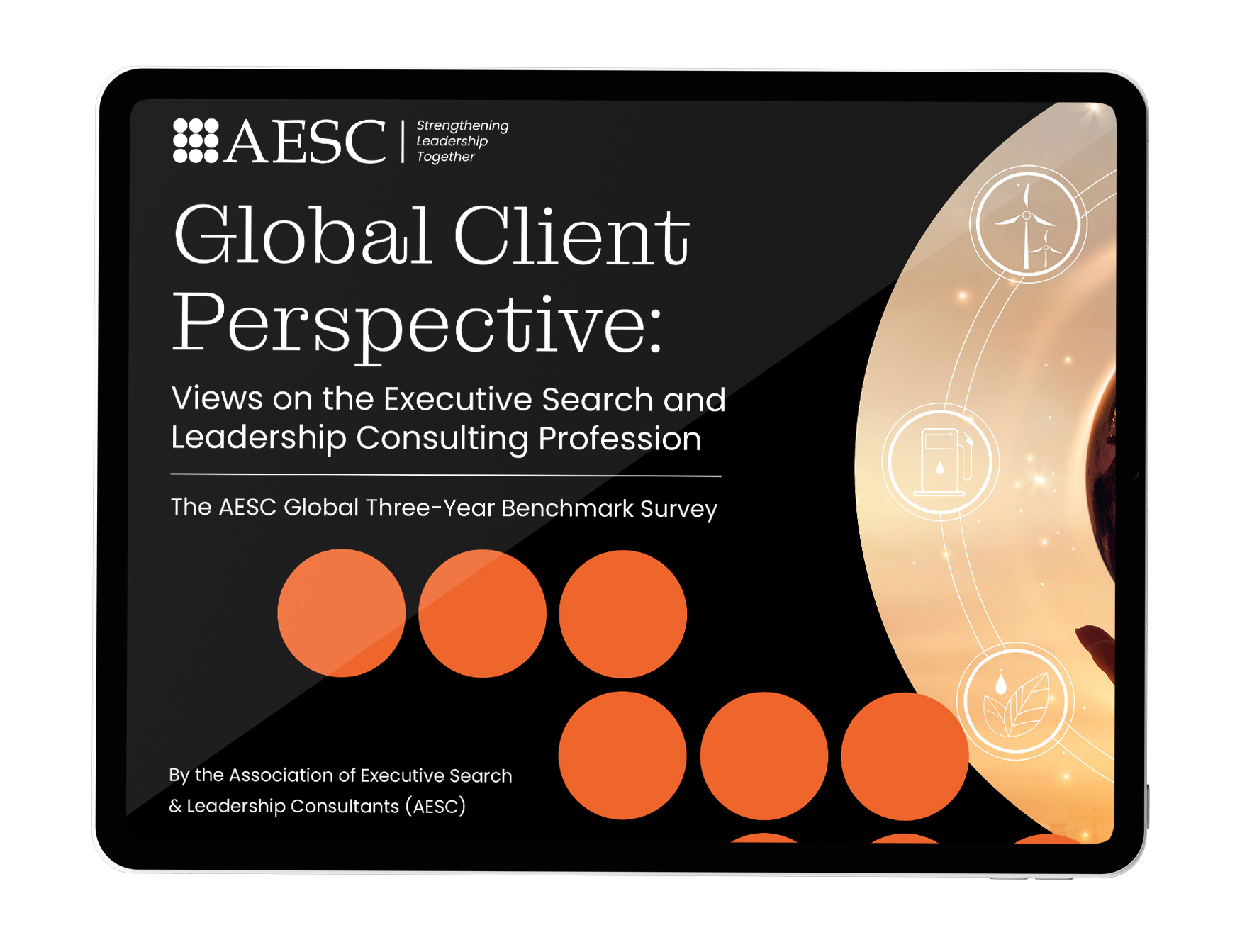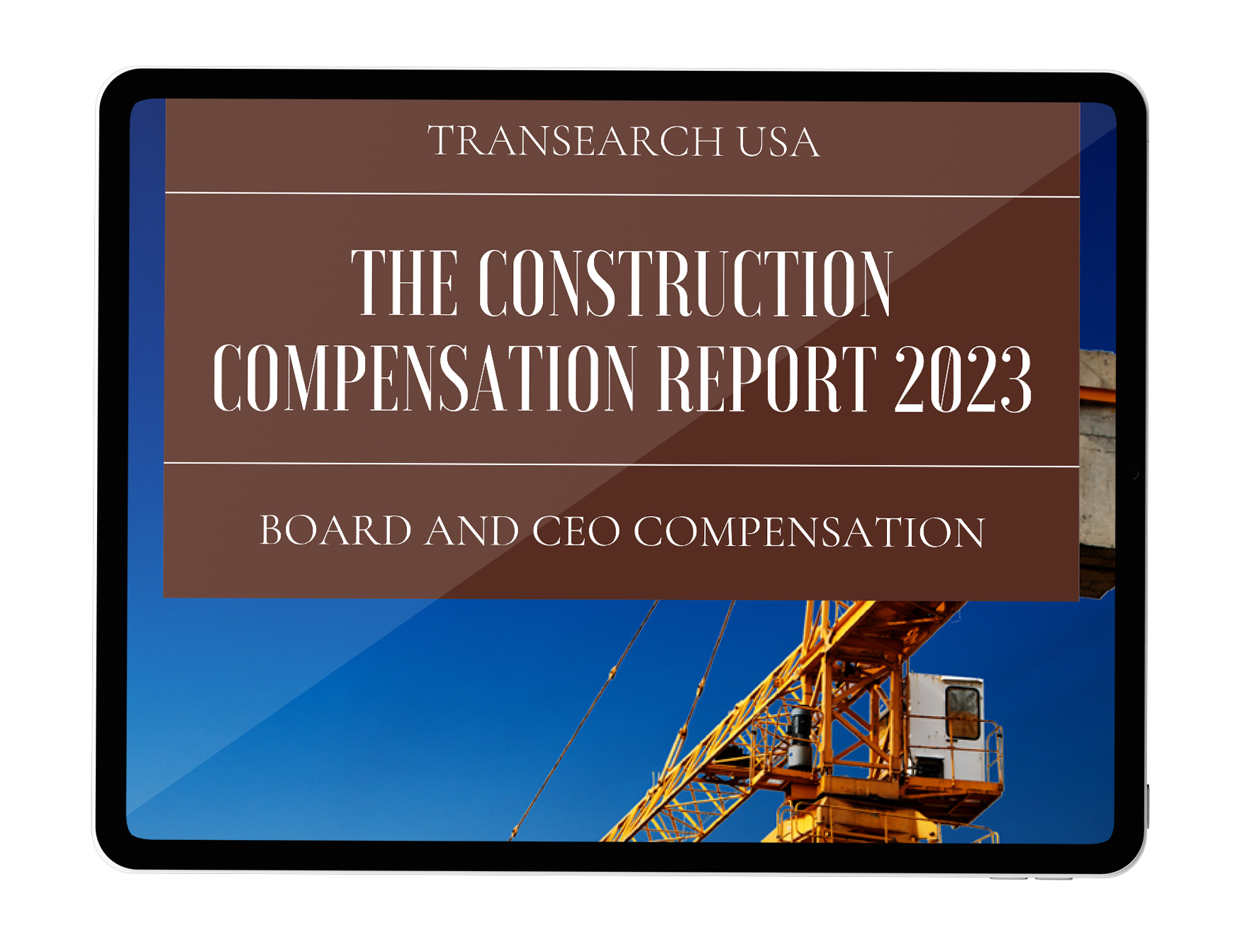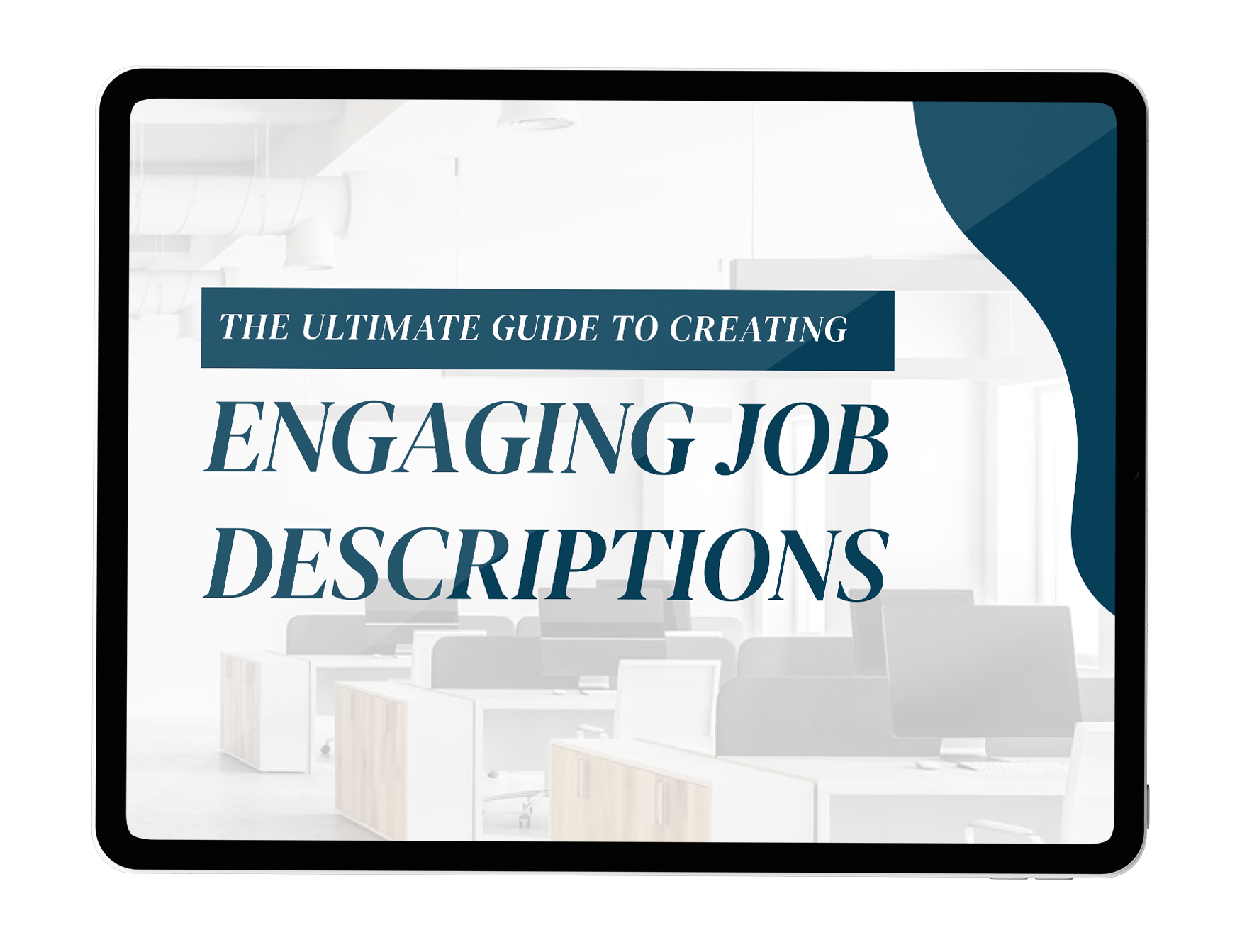In leadership development and talent strategy, personality assessments are invaluable. They help leaders understand themselves, build stronger teams, and make smarter hiring decisions. Among the most widely used tools are Insights Discovery and the Hogan Assessment. While both offer meaningful insights, they’re fundamentally different in design, application, and outcomes. Understanding these differences can help you select the right tool for your organization’s needs.
Here are five key differences between Insights Discovery and Hogan Assessment that every HR leader, coach, and business executive should know:

1. Purpose and Focus
Insights Discovery is centered on self-awareness and improving interpersonal relationships. Rooted in Carl Jung’s psychological theory, it uses a four-color model to help individuals understand communication preferences and working styles. It’s commonly used in team-building, coaching, and personal development settings.
Hogan Assessment, on the other hand, is designed with business performance in mind. Built on decades of research in occupational psychology, Hogan Assessment focuses on predicting workplace behavior, leadership potential, and derailers—making it especially valuable in high-stakes selection, succession planning, and executive development.
2. Scientific Foundation
While both tools have strong theoretical underpinnings, the Hogan Assessment is widely recognized for its scientific rigor and predictive validity. It is backed by over 30 years of research and is frequently used in global leadership selection processes, trusted by over 75% of the Fortune 500.
Though also built on a psychological framework, Insights Discovery is more interpretive and experiential in its approach. It’s often favored in settings that prioritize accessible language and visual learning tools.
3. Depth of Leadership Insight
Hogan Assessment goes deeper. It assesses three core areas: the “bright side” of personality (how people typically behave), the “dark side” (how they may derail under stress), and core values (what motivates them). This multidimensional view is crucial for leadership roles where self-awareness, resilience, and cultural fit can make or break success.
Insights Discovery provides a snapshot of personality based on preferred behaviors and communication styles. It’s powerful for coaching and personal development but offers less granularity when evaluating leadership risk and long-term potential.
4. Application Across the Talent Lifecycle
Hogan Assessment is a comprehensive tool that supports decisions across the full talent management lifecycle—from hiring and onboarding to succession planning and leadership development. Its predictive nature makes it a go-to solution when performance outcomes are on the line.
Insights Discovery excels in training, coaching, and improving team dynamics. It shines in workshops and learning environments but is less commonly used in selection or risk-based decision-making.
5. Output and User Experience
Insights Discovery reports are visually engaging, using color-coded language and charts that make feedback intuitive and easy to grasp. This makes it popular in large group settings or workshops where engagement is key.
Hogan’s reports are more data-rich and technical, designed for use by certified professionals or consultants. While the insights are powerful, interpreting them typically requires more training—and yields more strategic value.
Which One Is Right for You?
If you’re looking to build stronger teams and promote communication, Insights Discovery is a valuable tool. If your goals include improving leadership selection, identifying high-potentials, or mitigating hiring risk, the Hogan Assessment is the more strategic choice.
At TRANSEARCH, we use Hogan Assessments as part of our integrated talent solutions because they offer the depth, reliability, and predictive power needed to drive business outcomes. When performance matters, having the right assessment tool makes all the difference.













